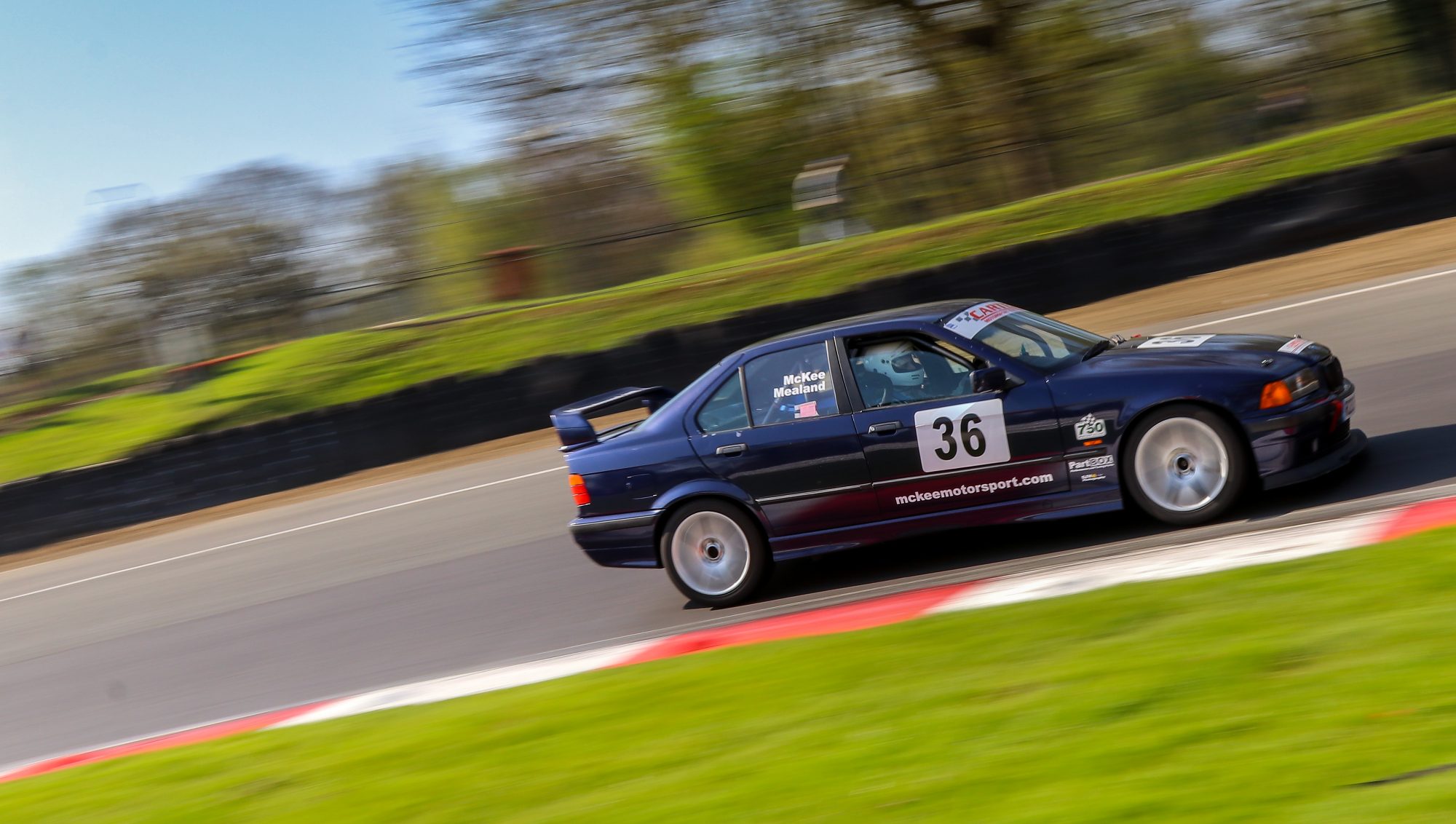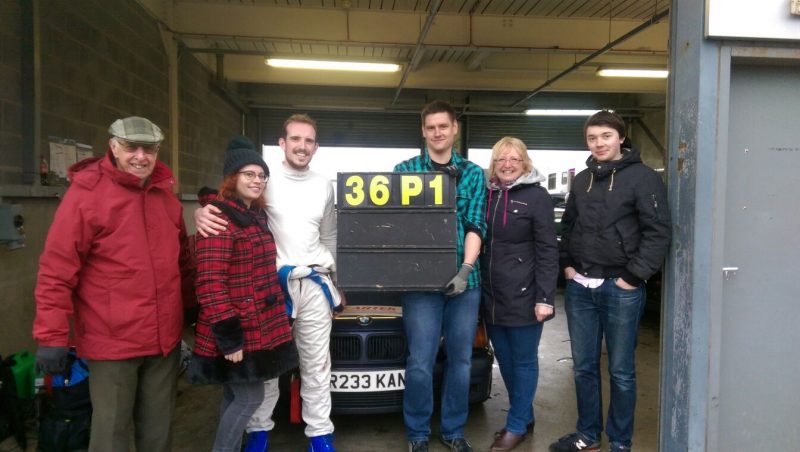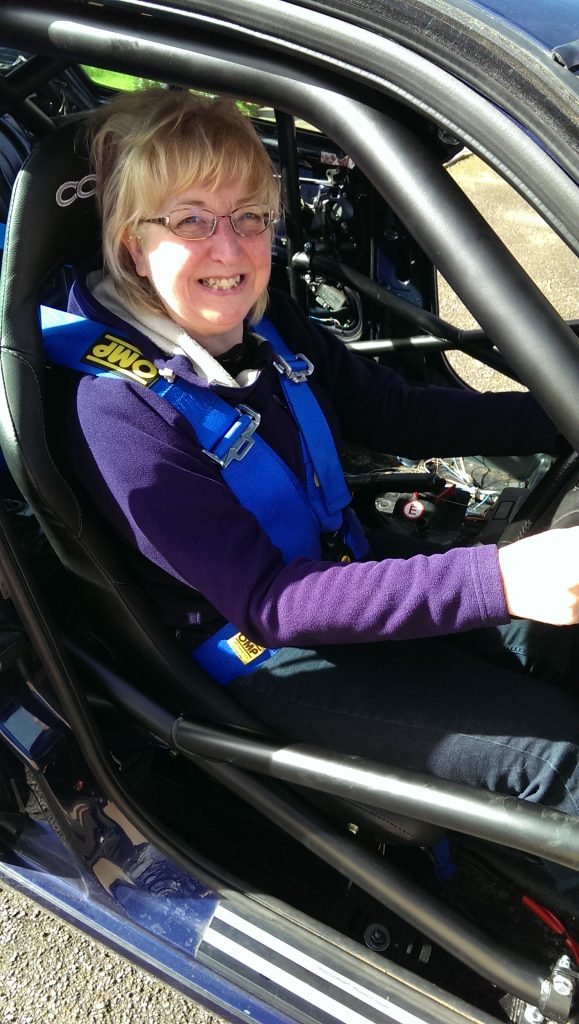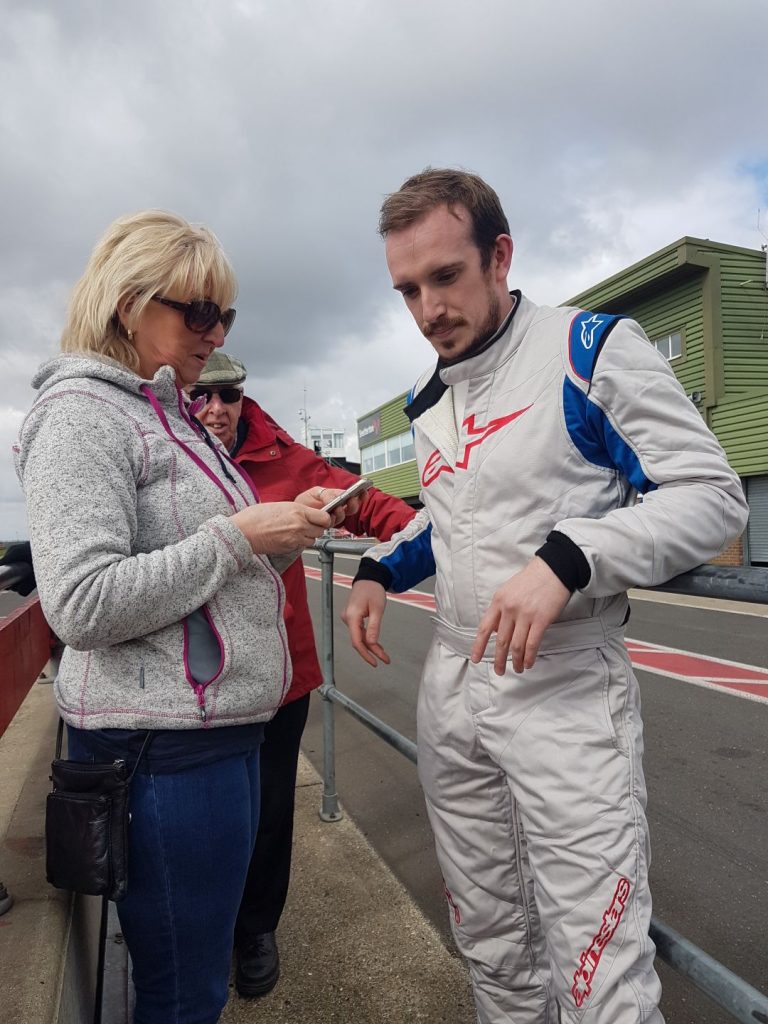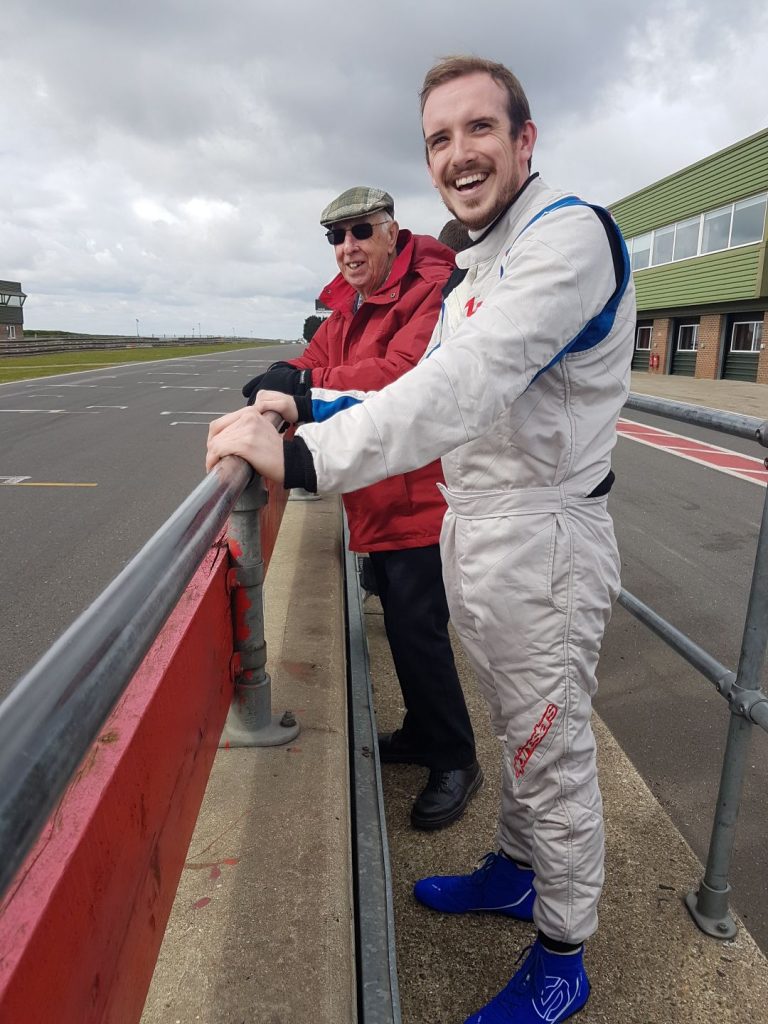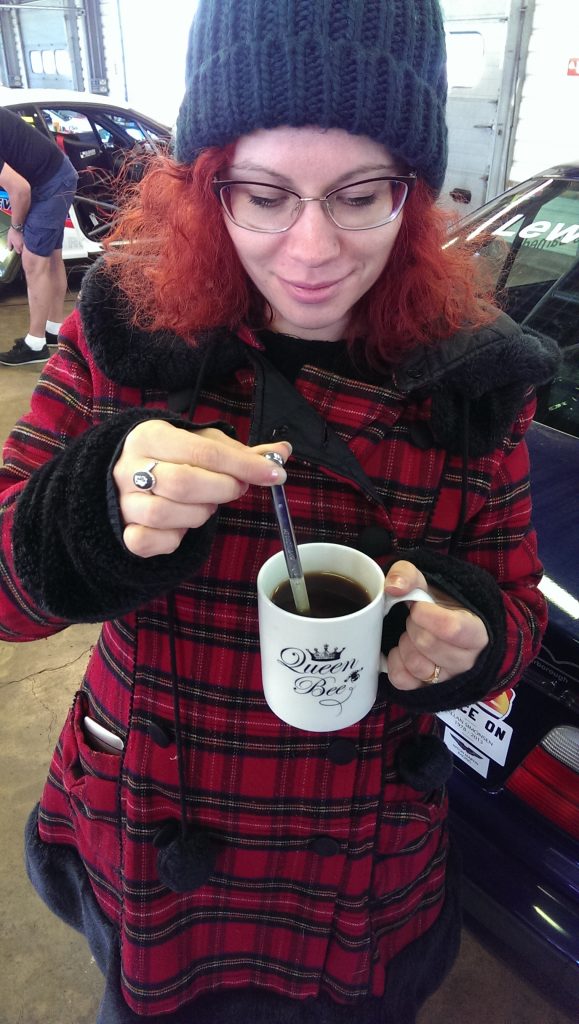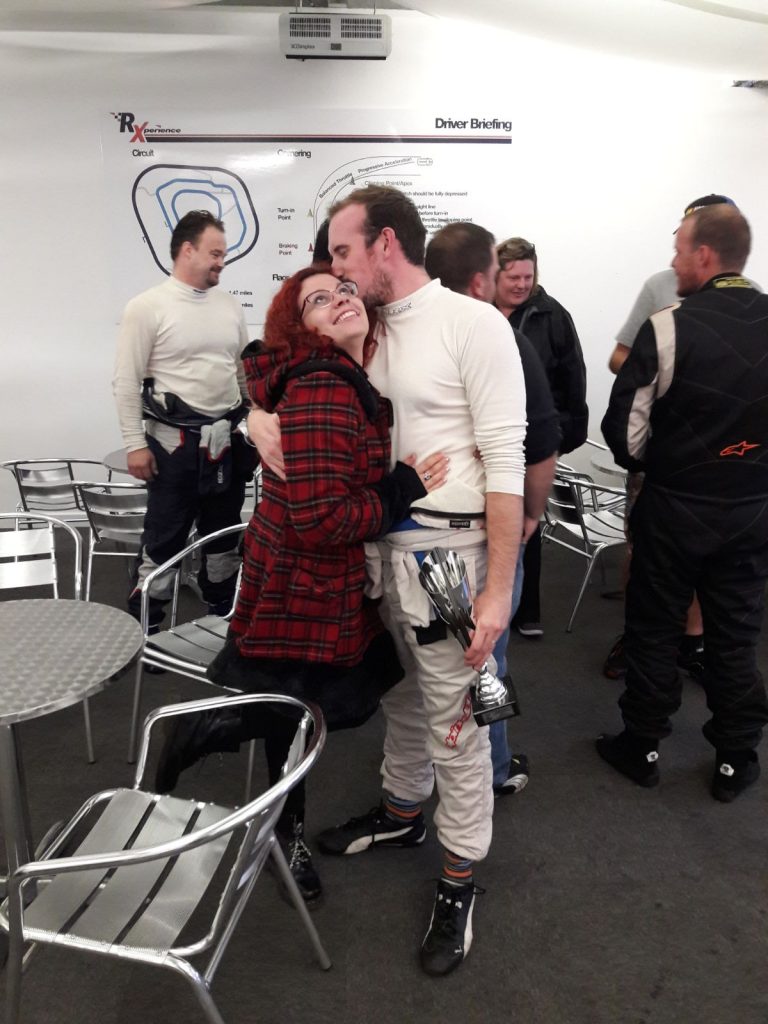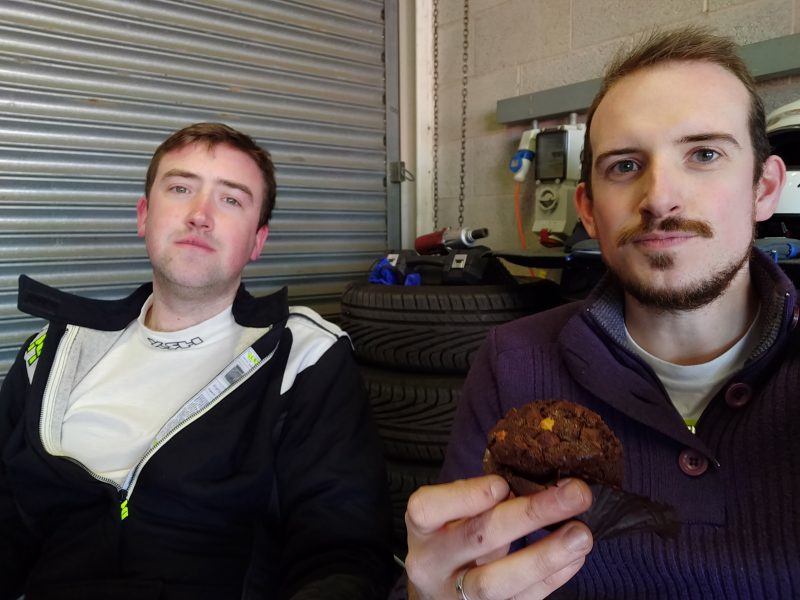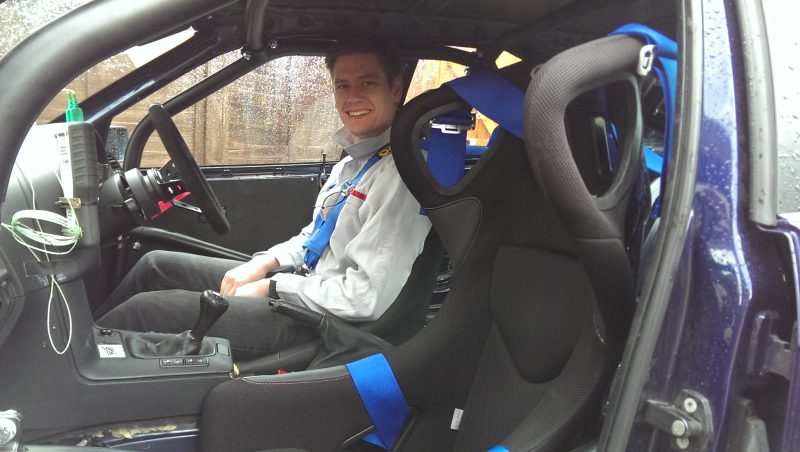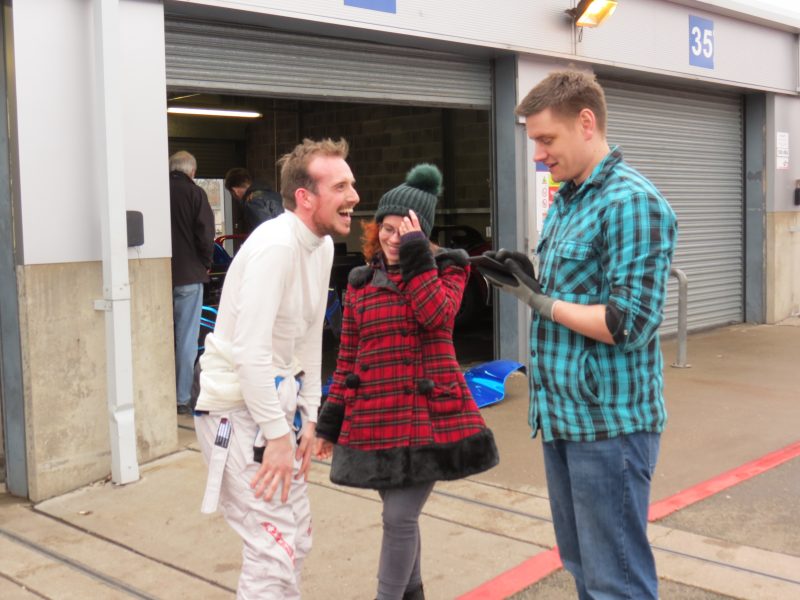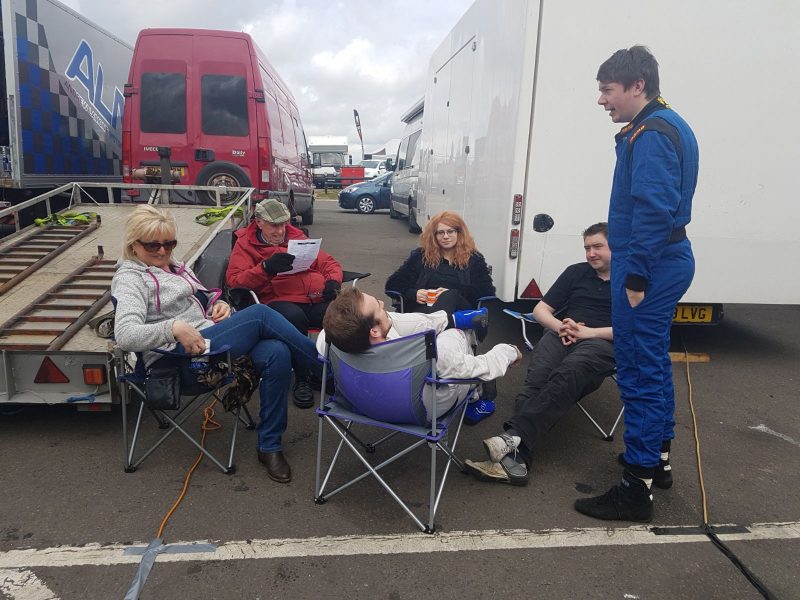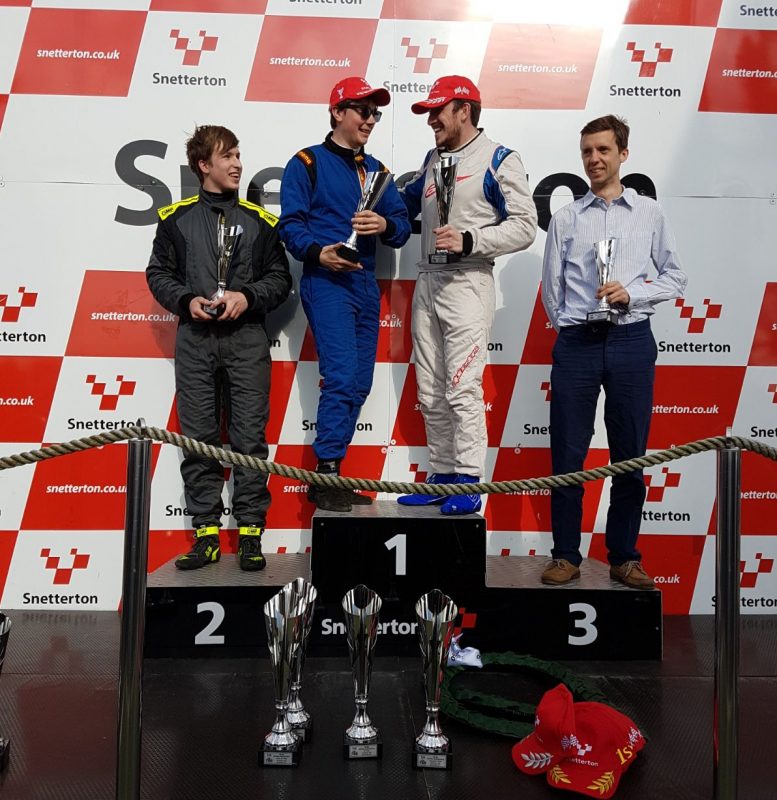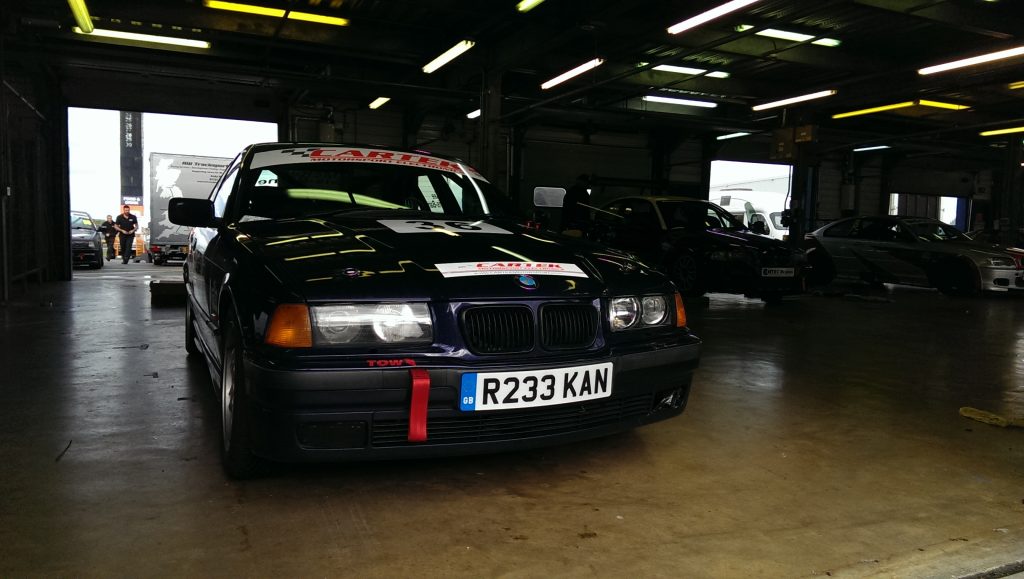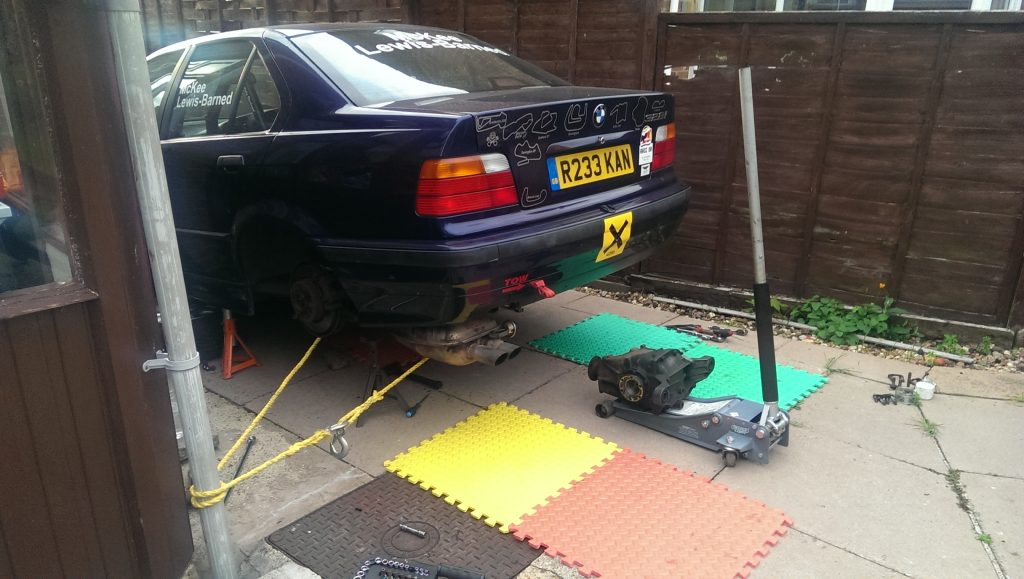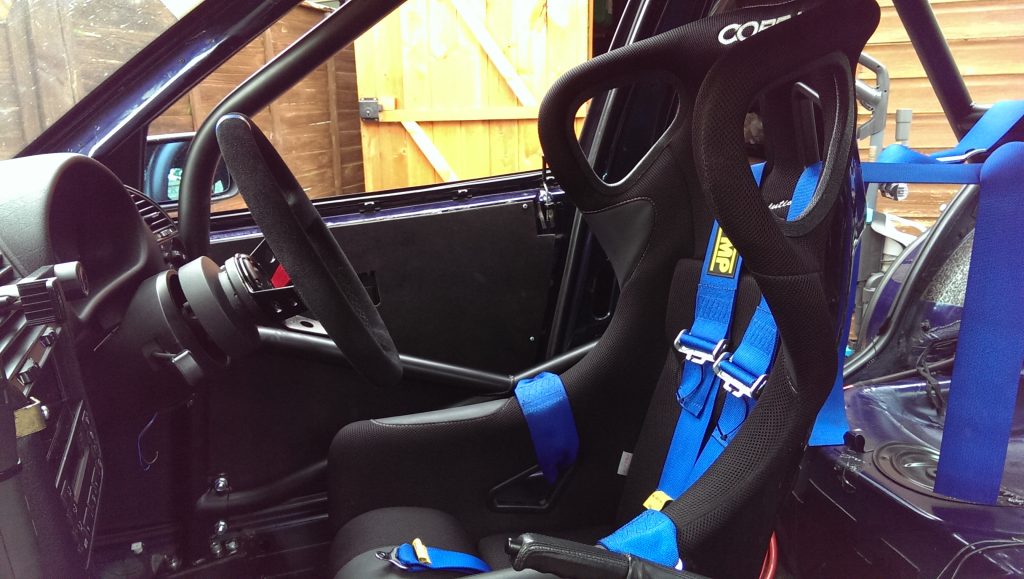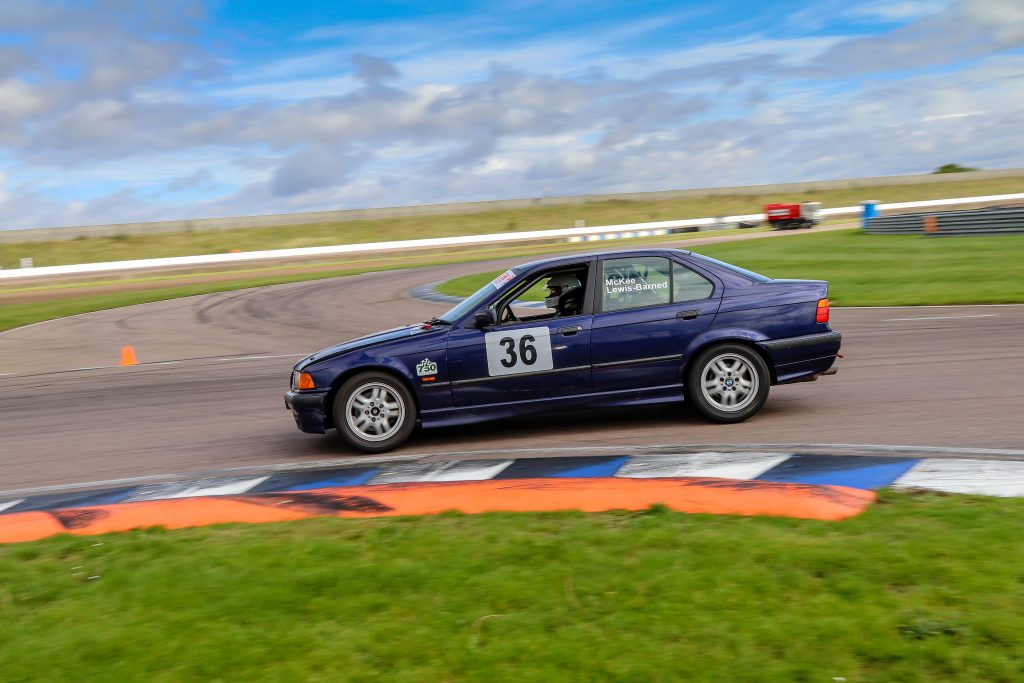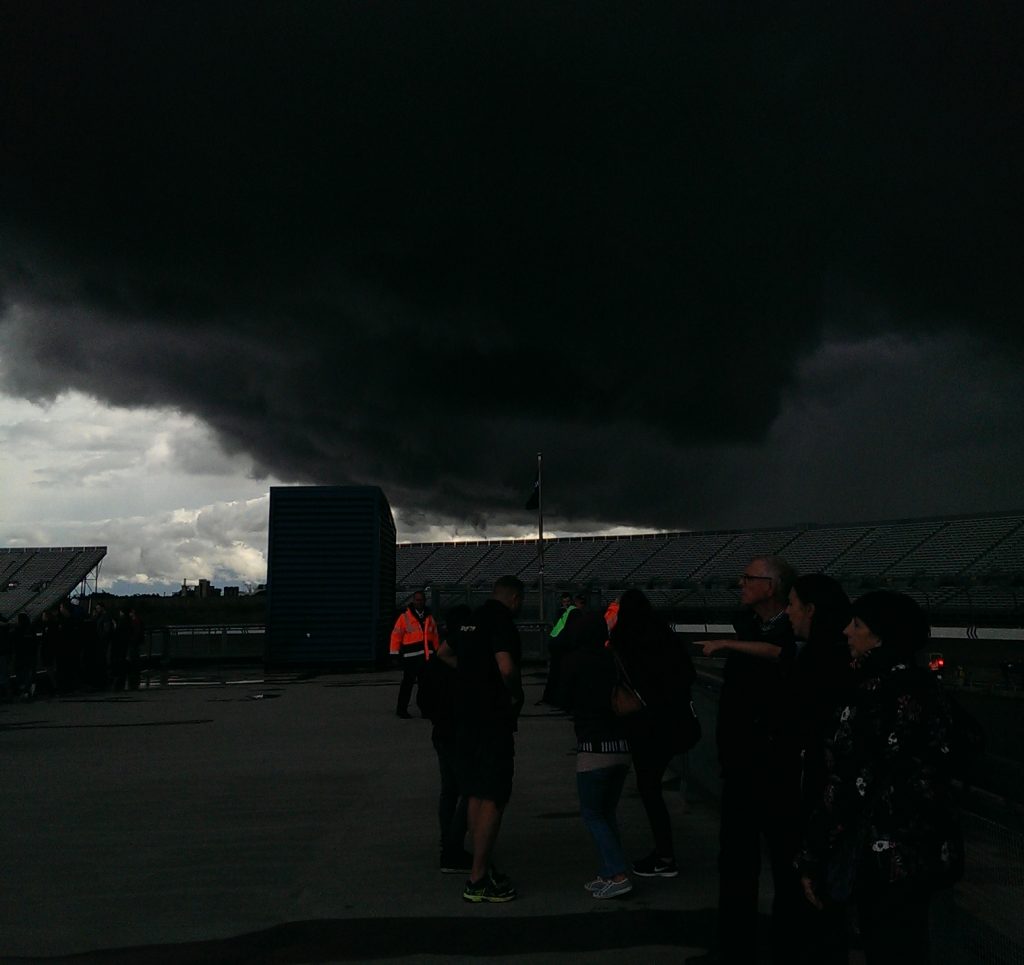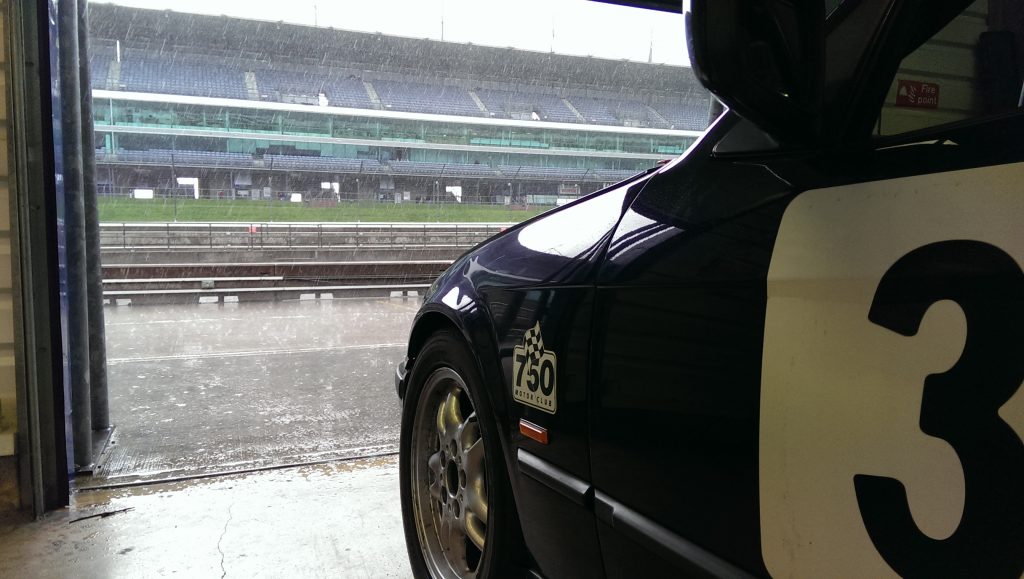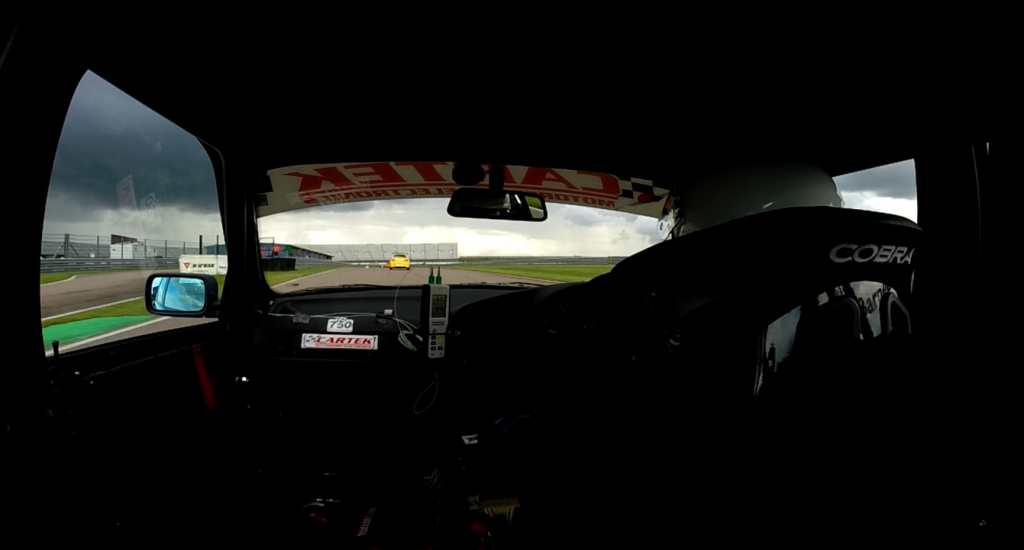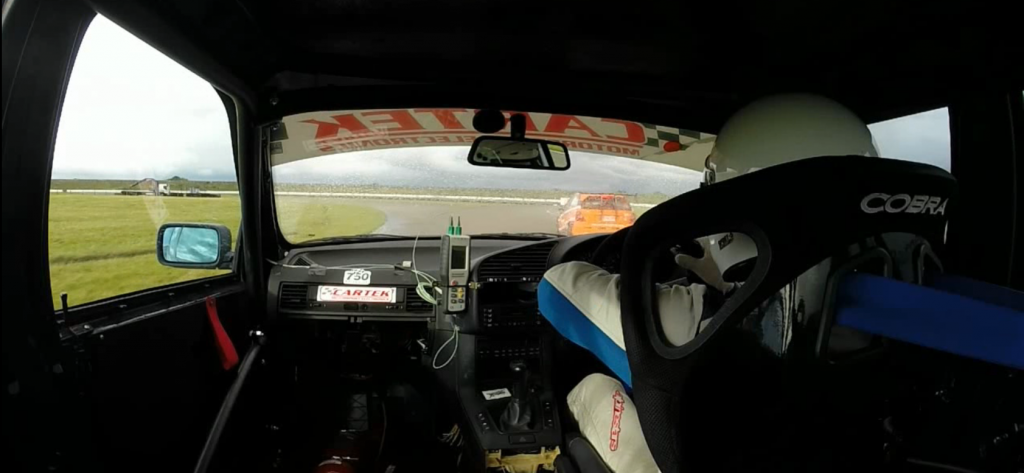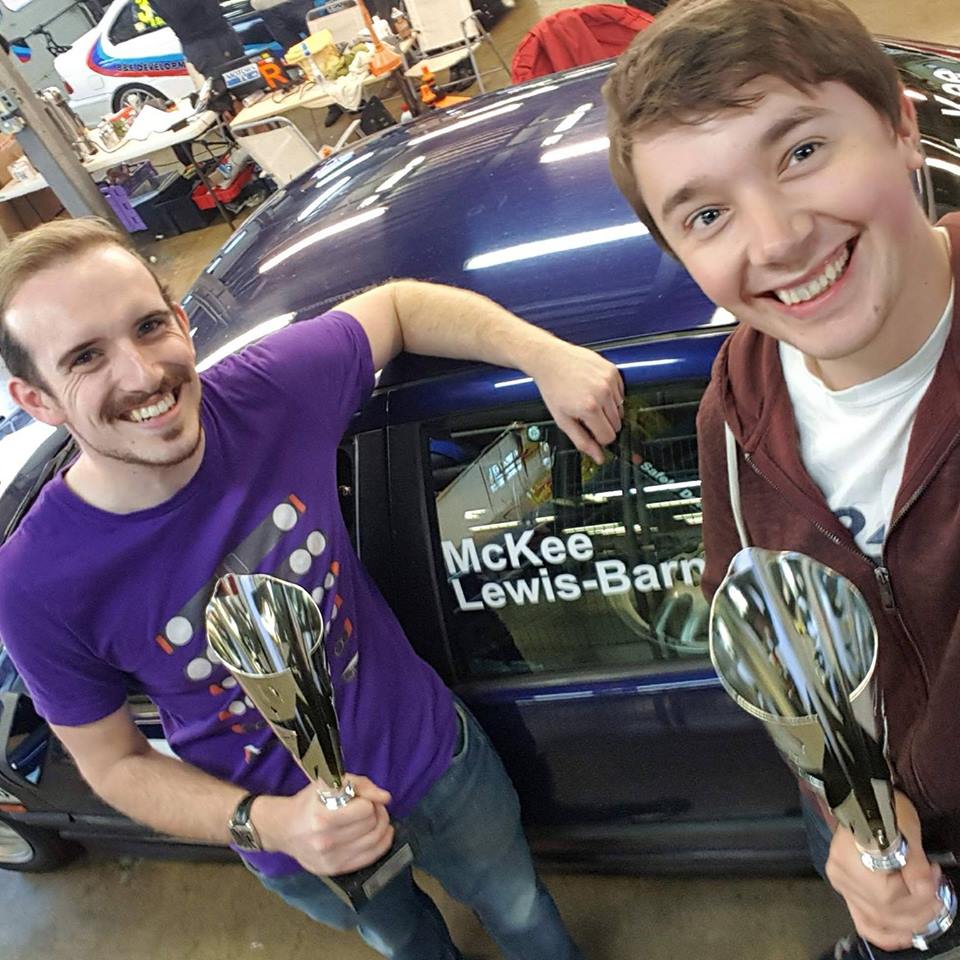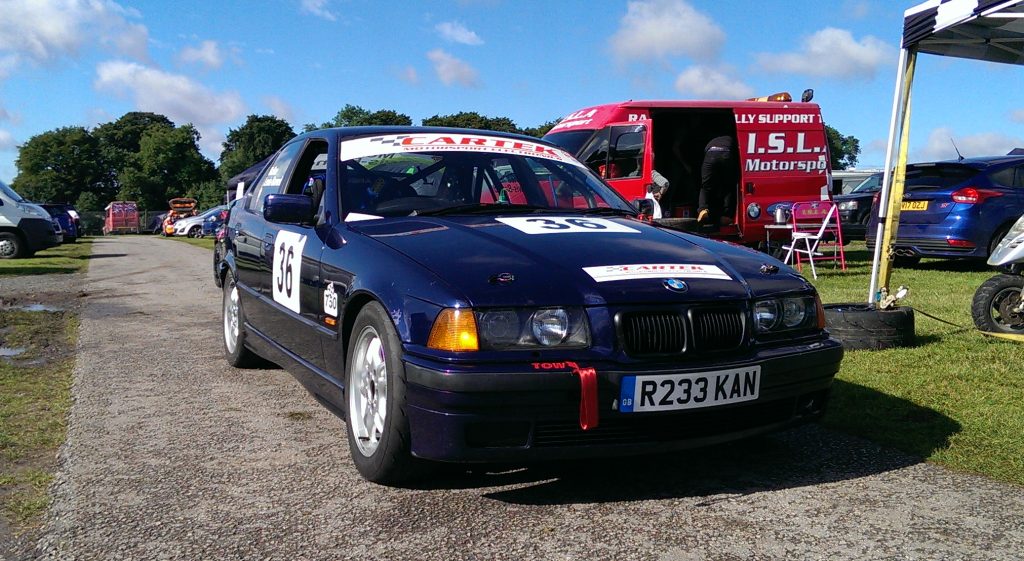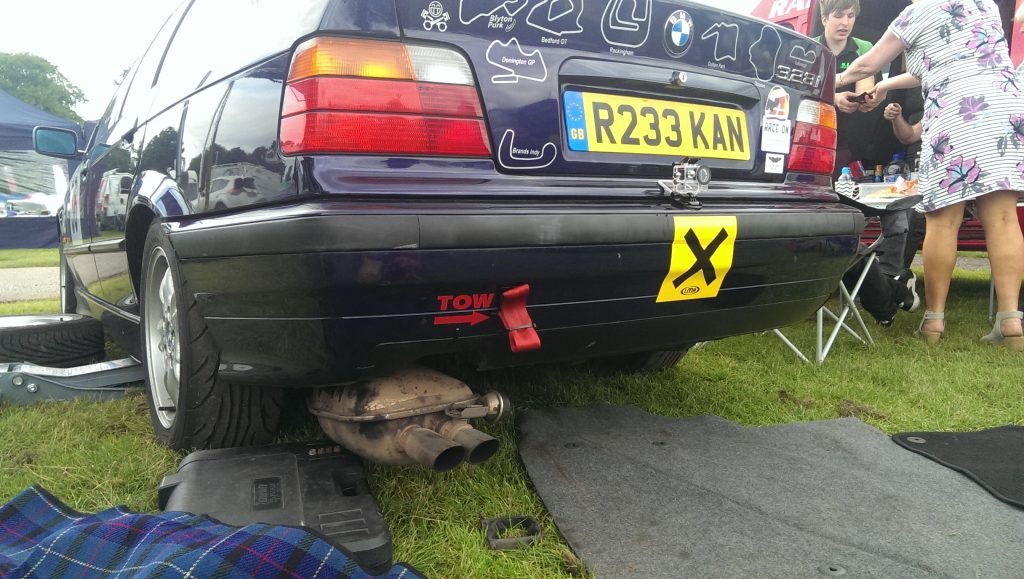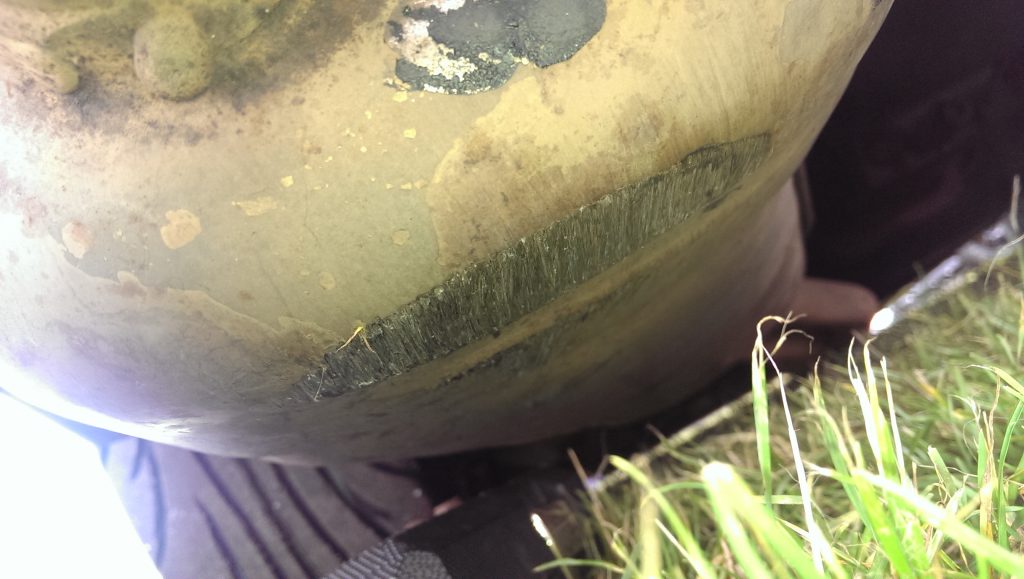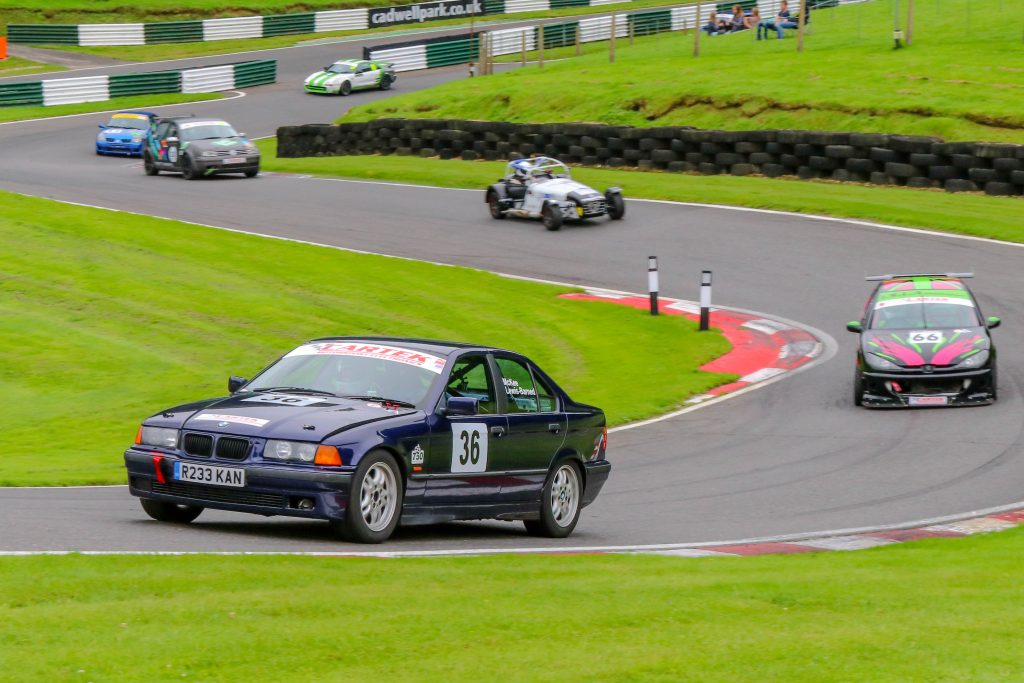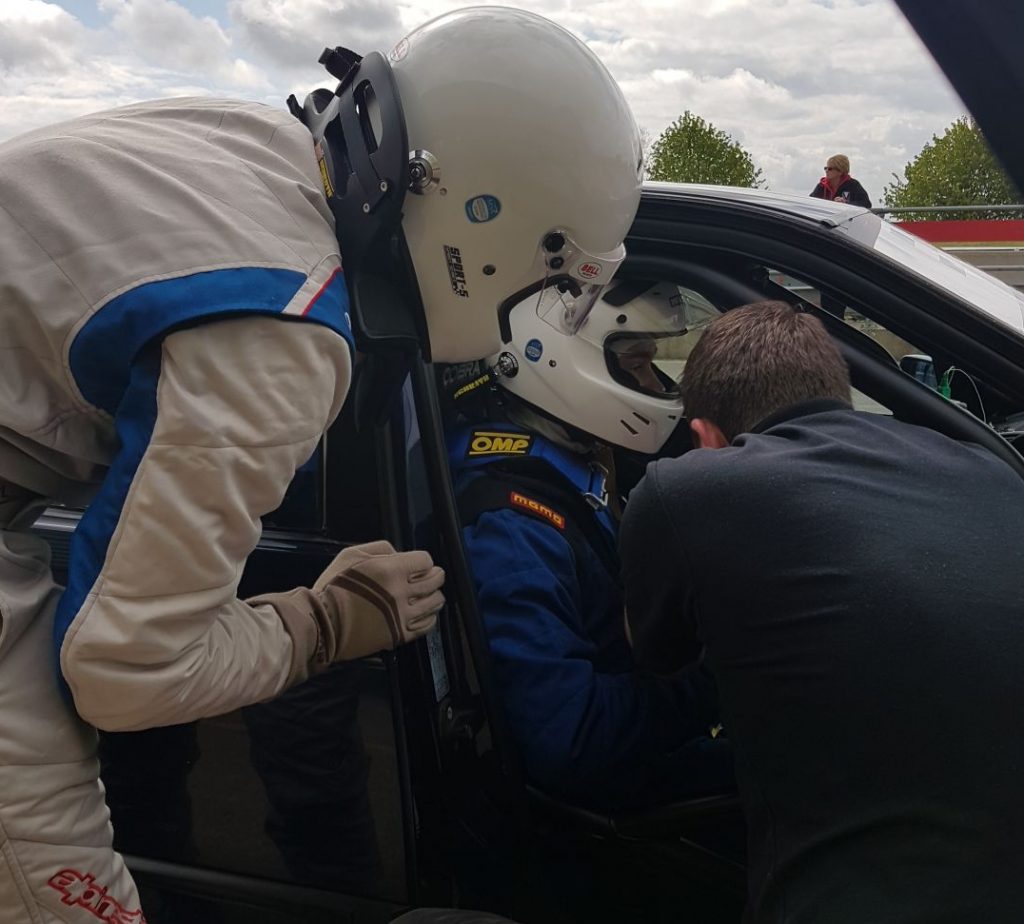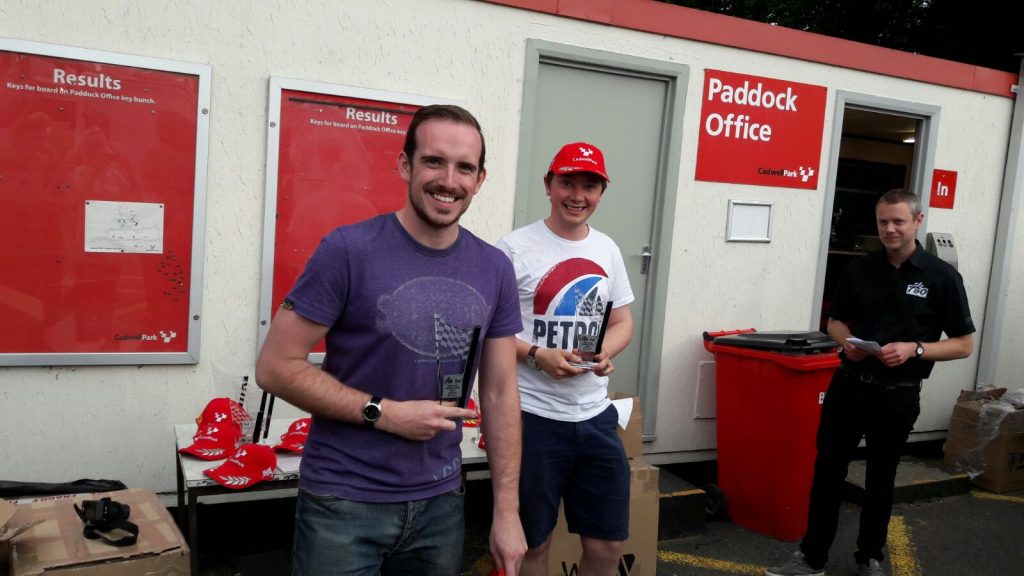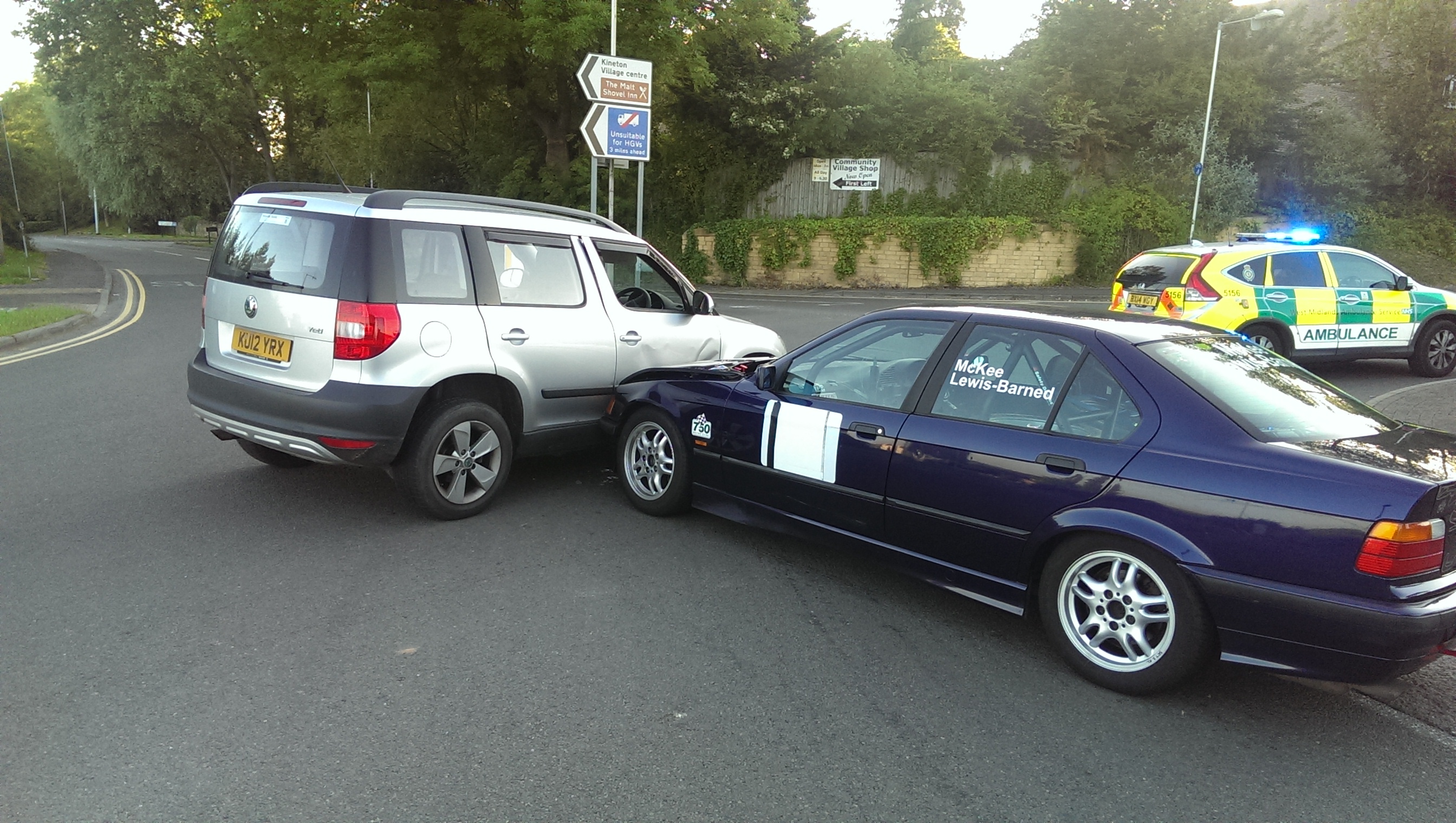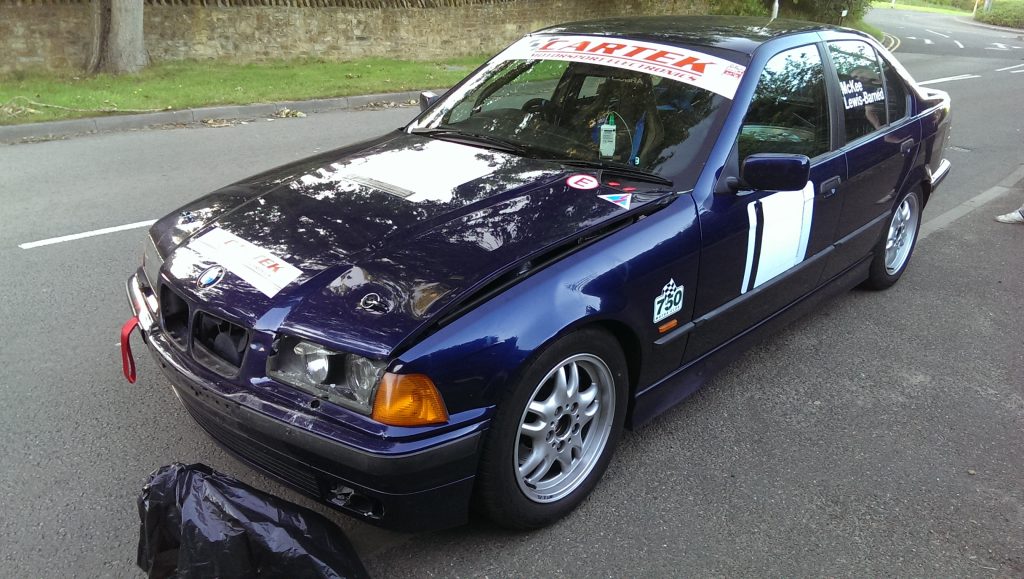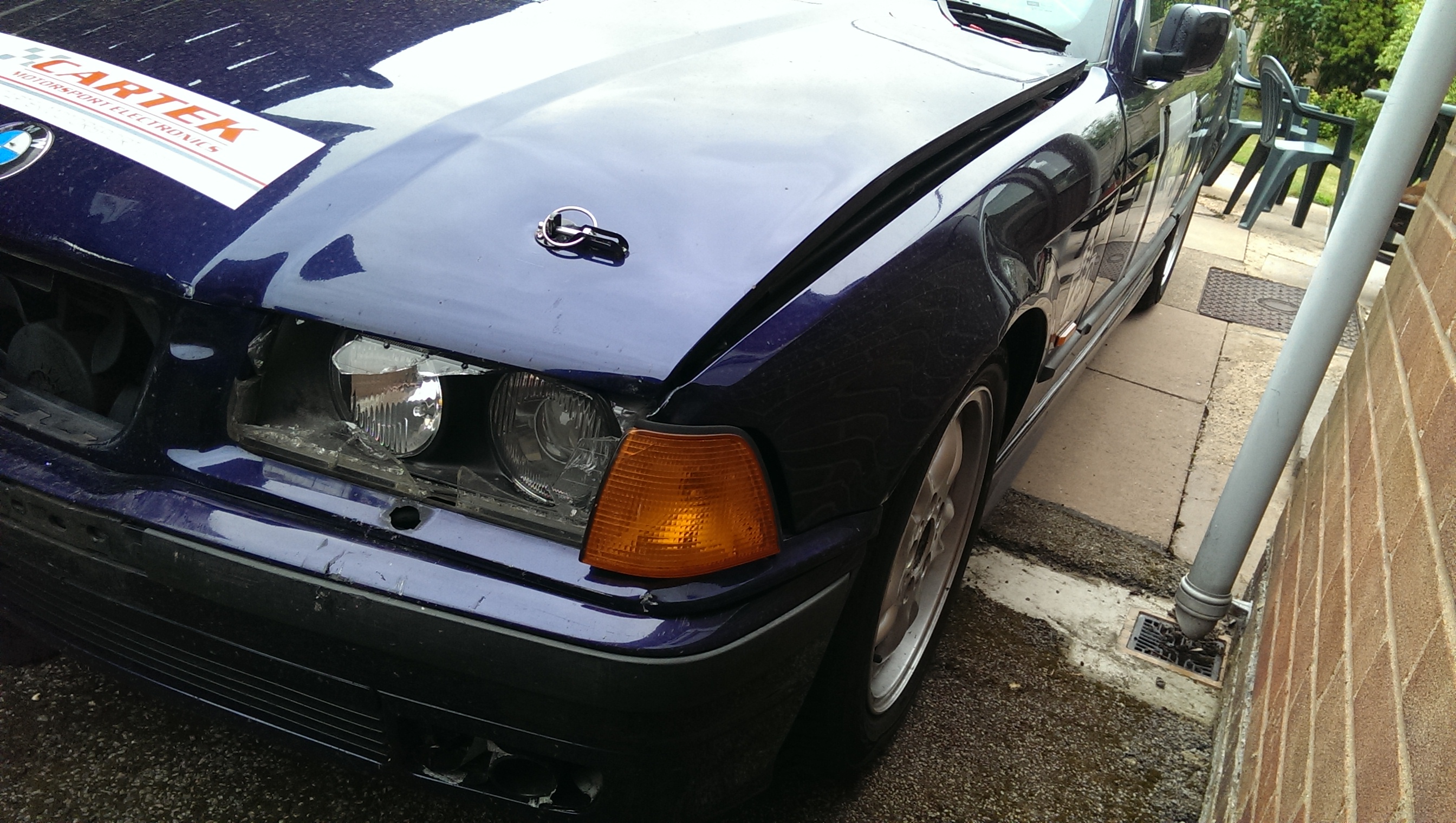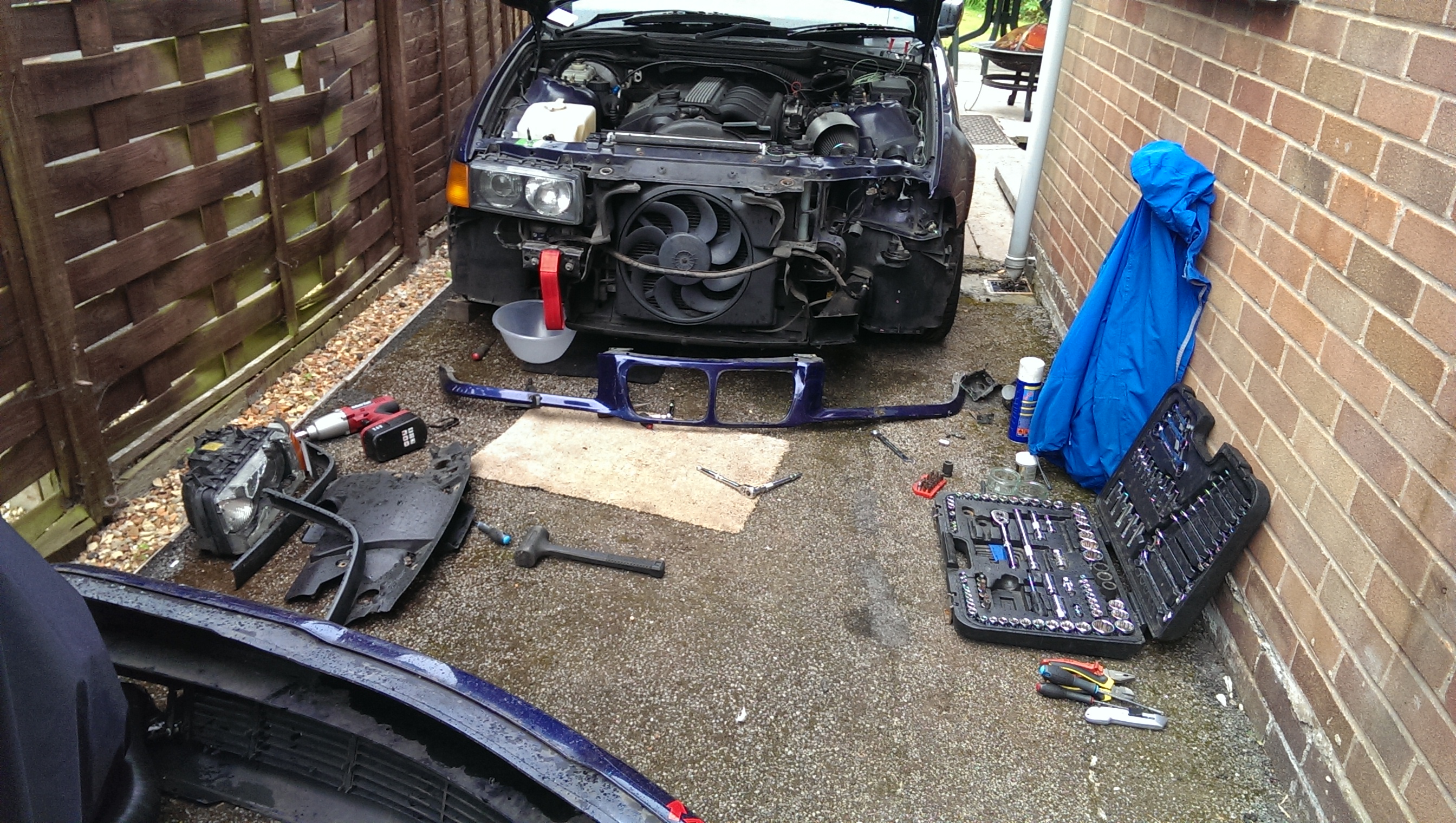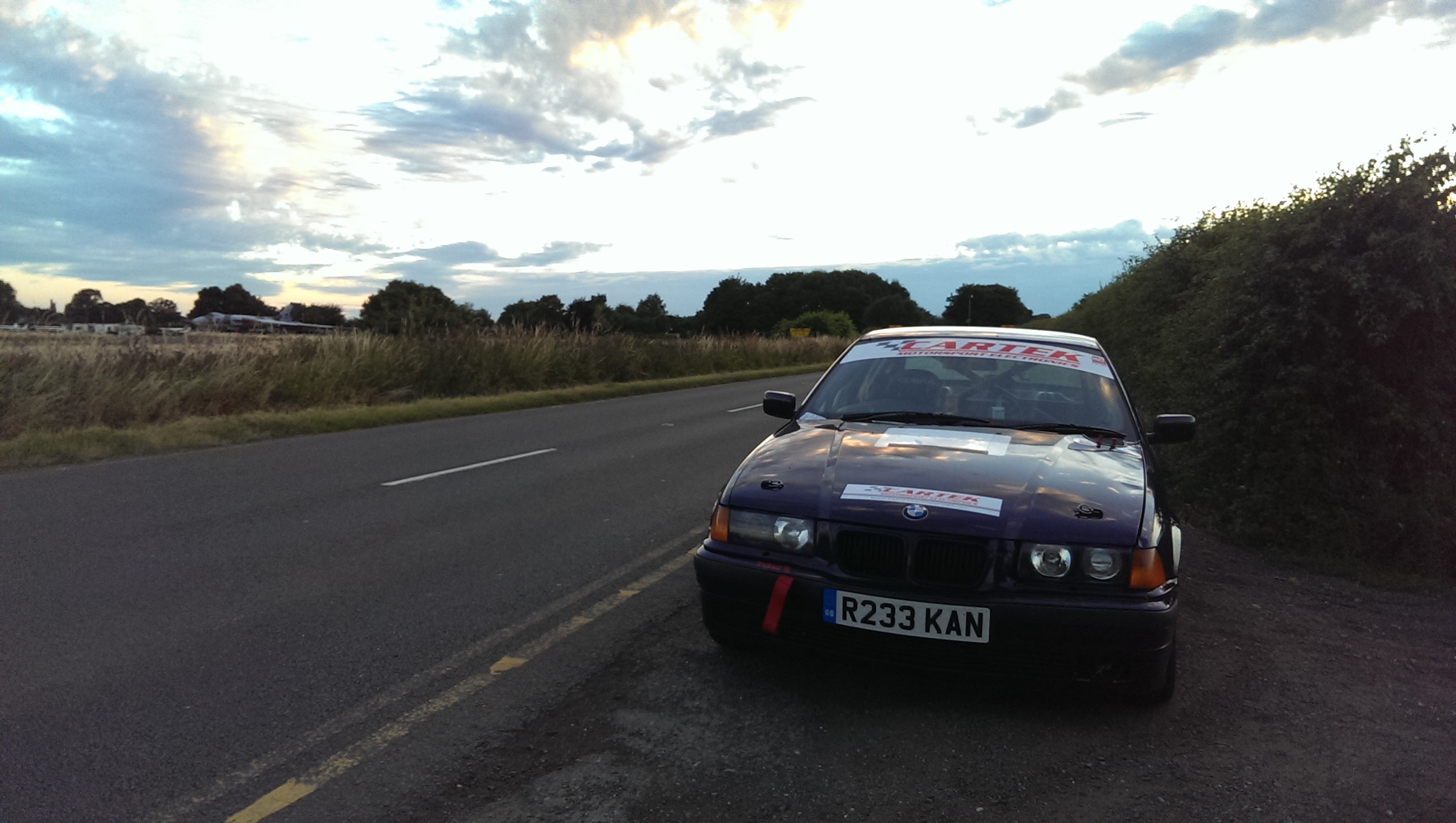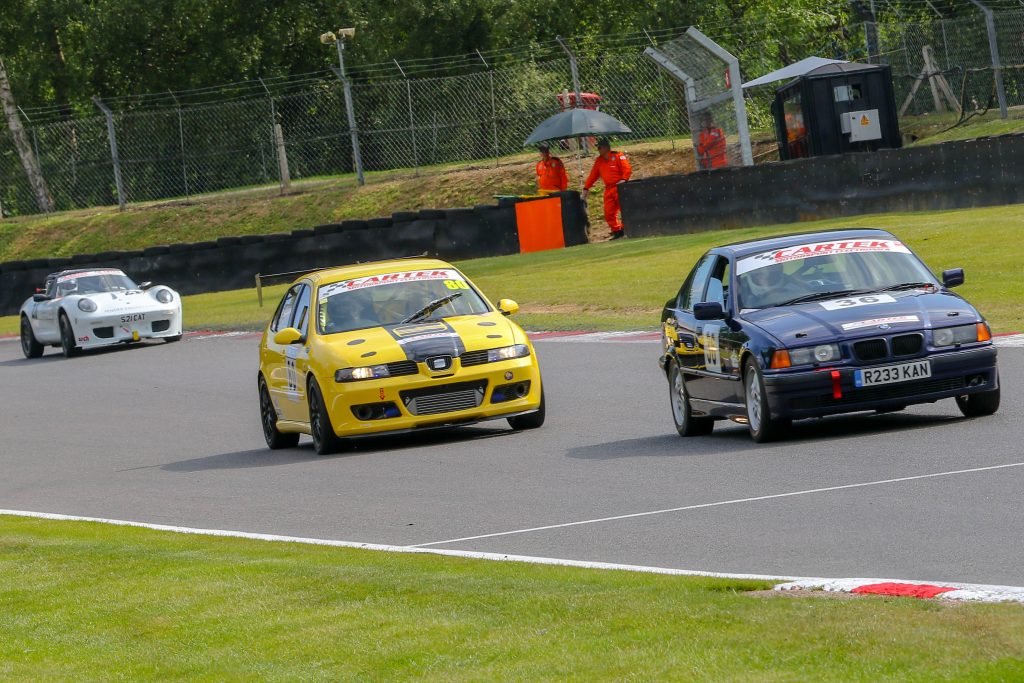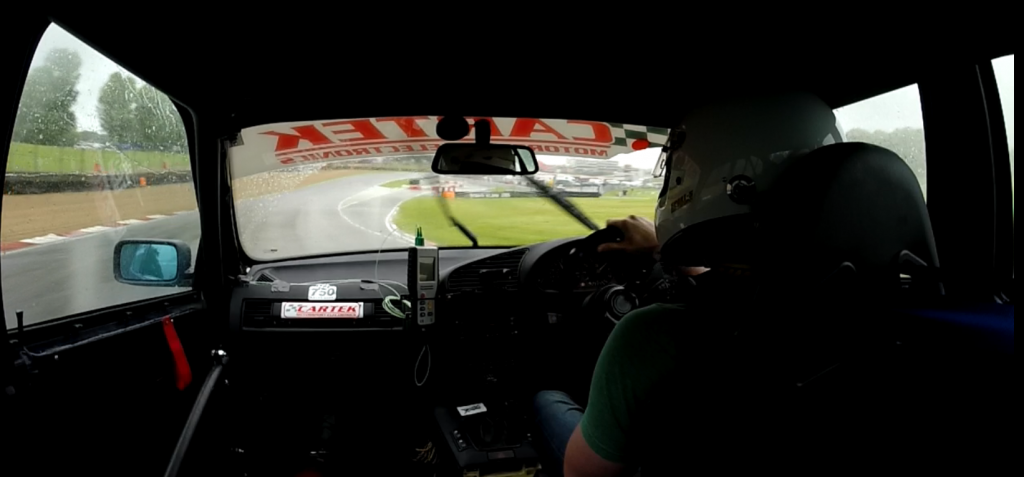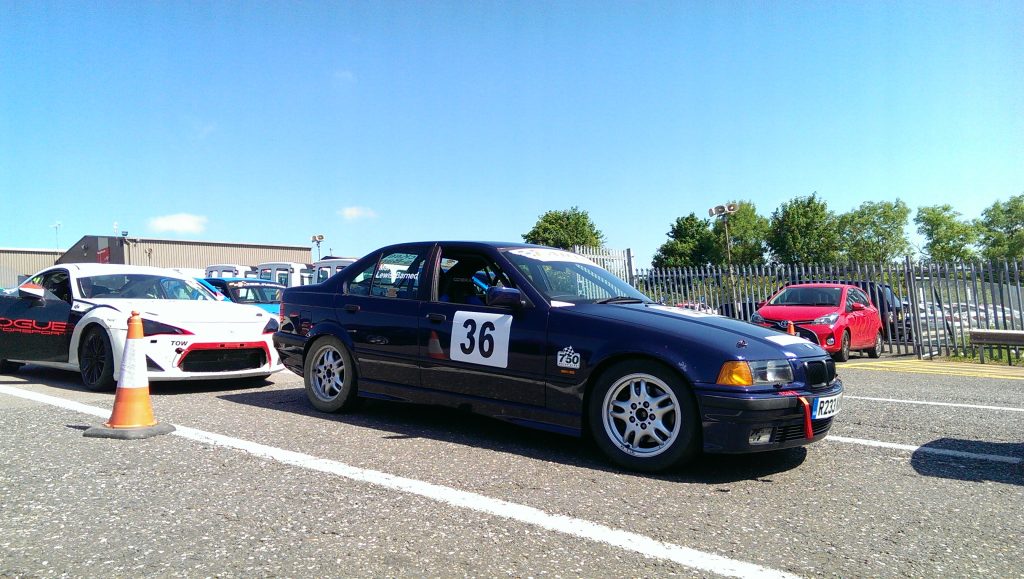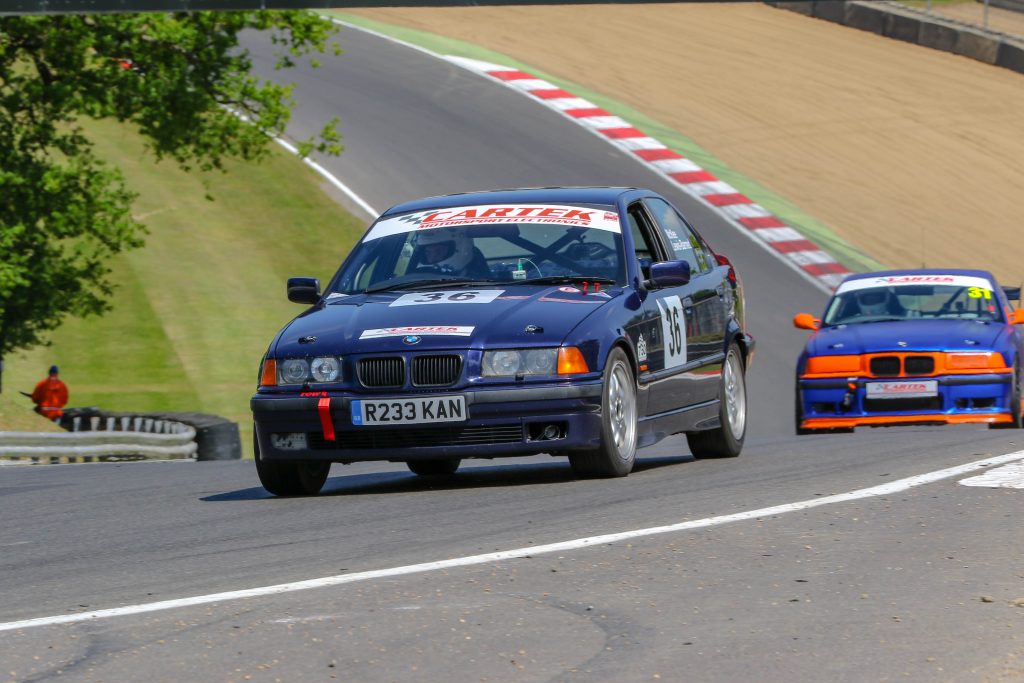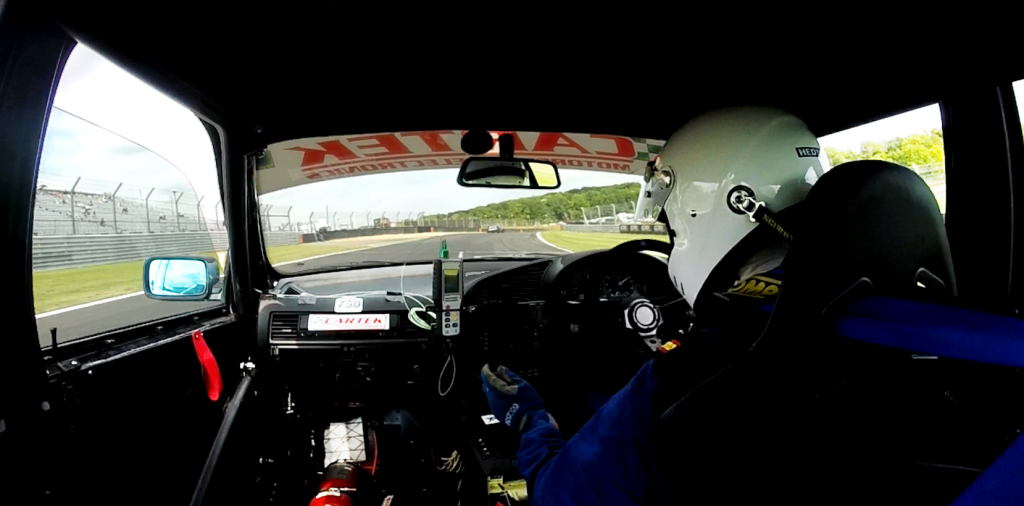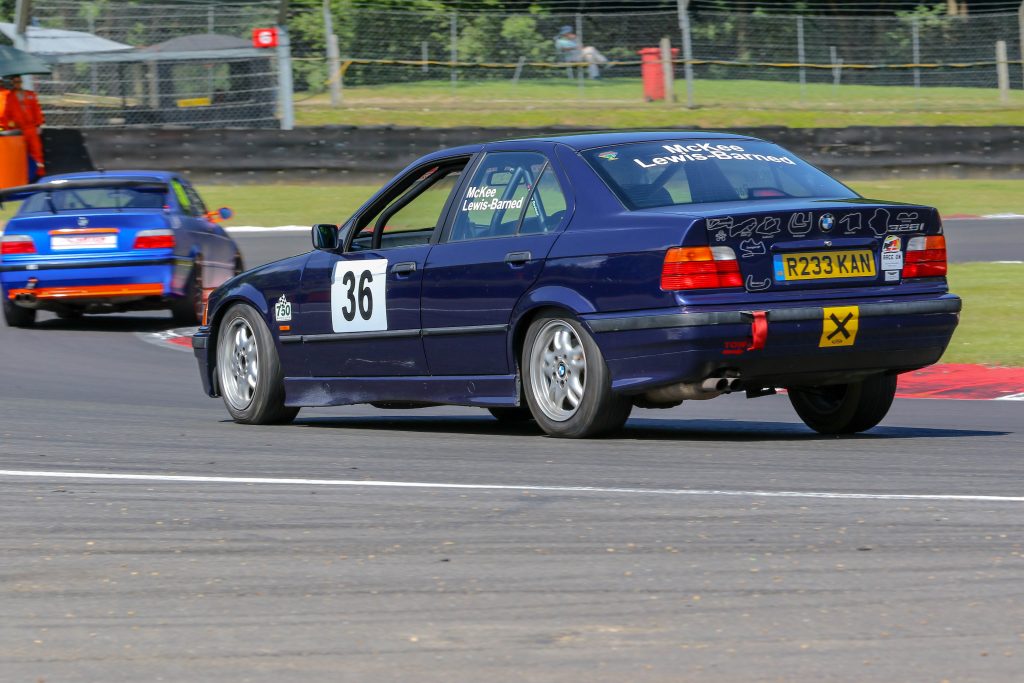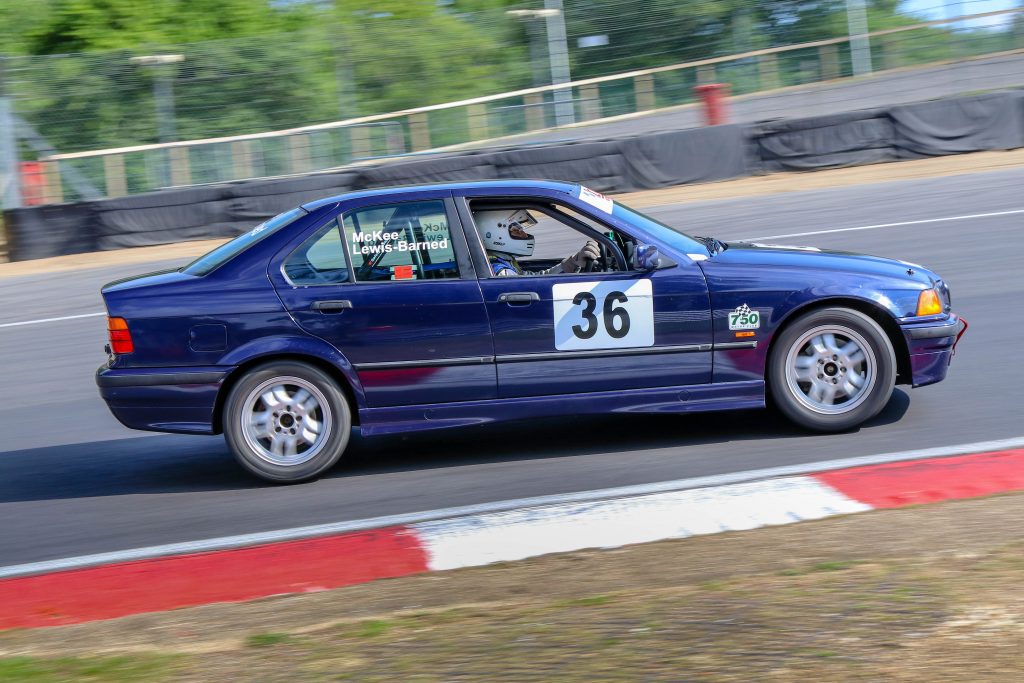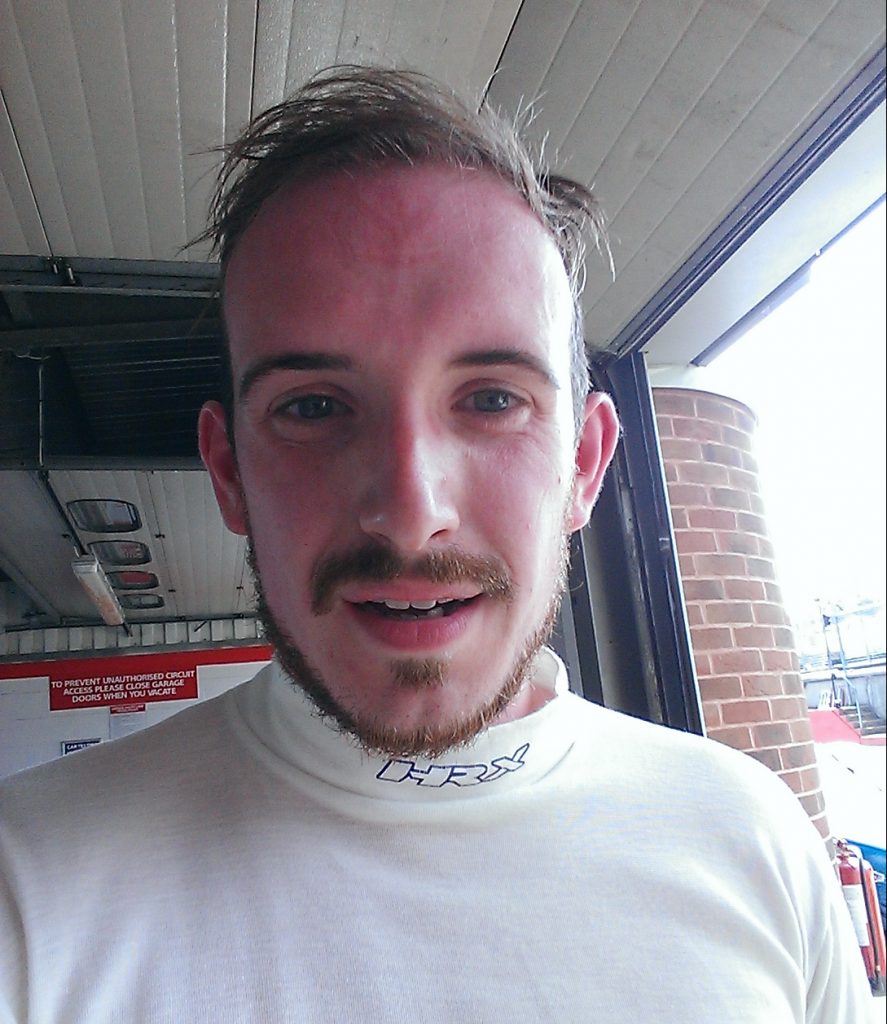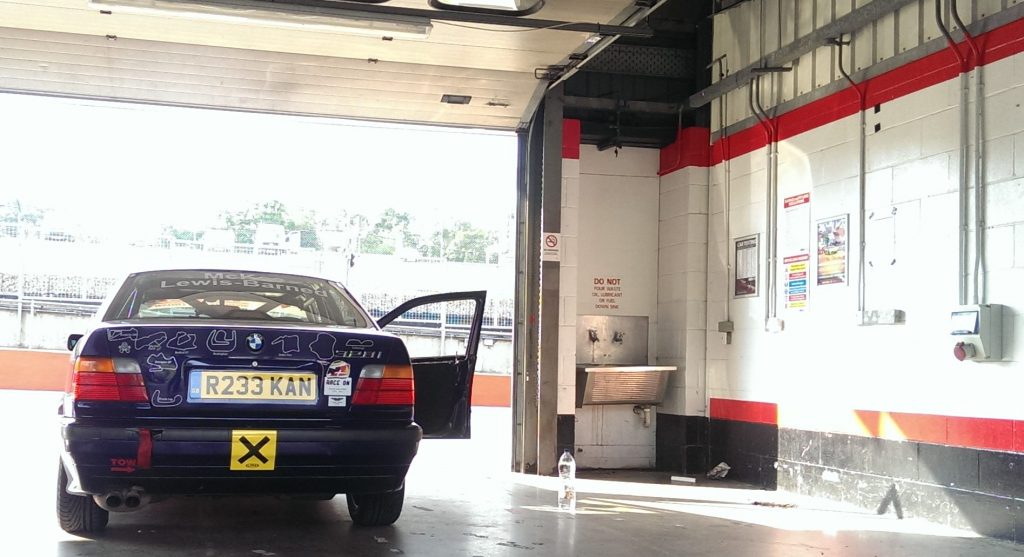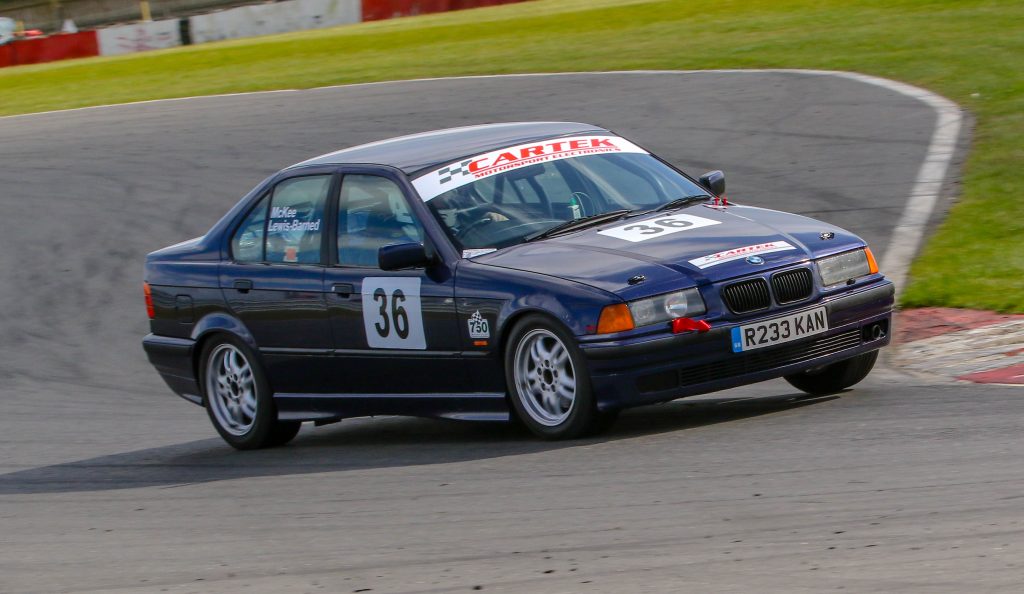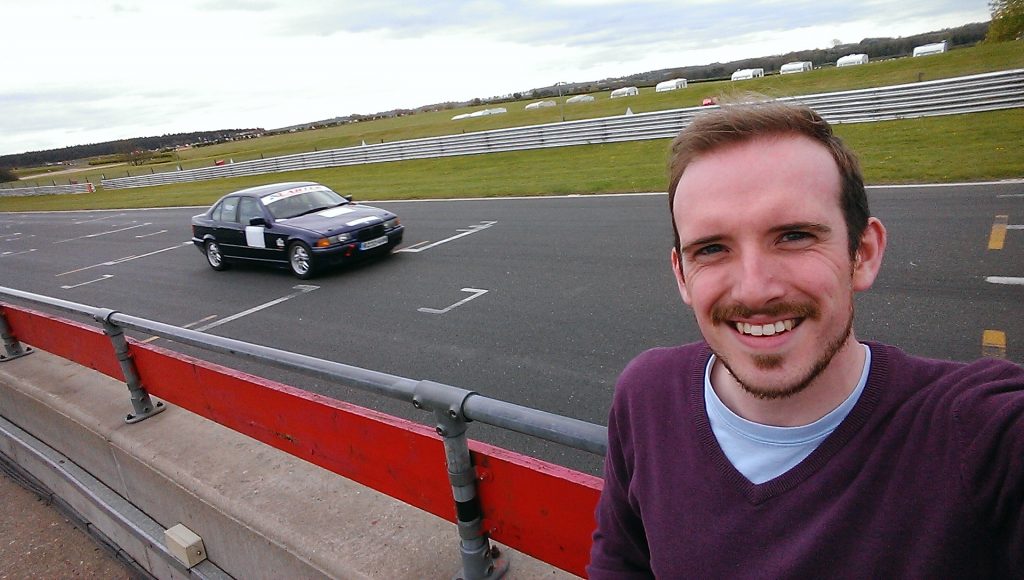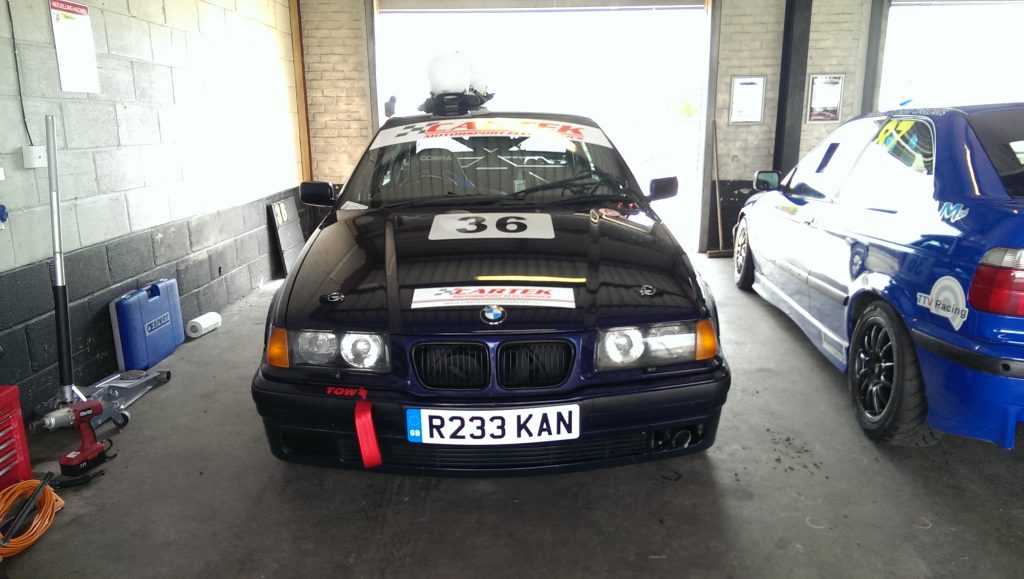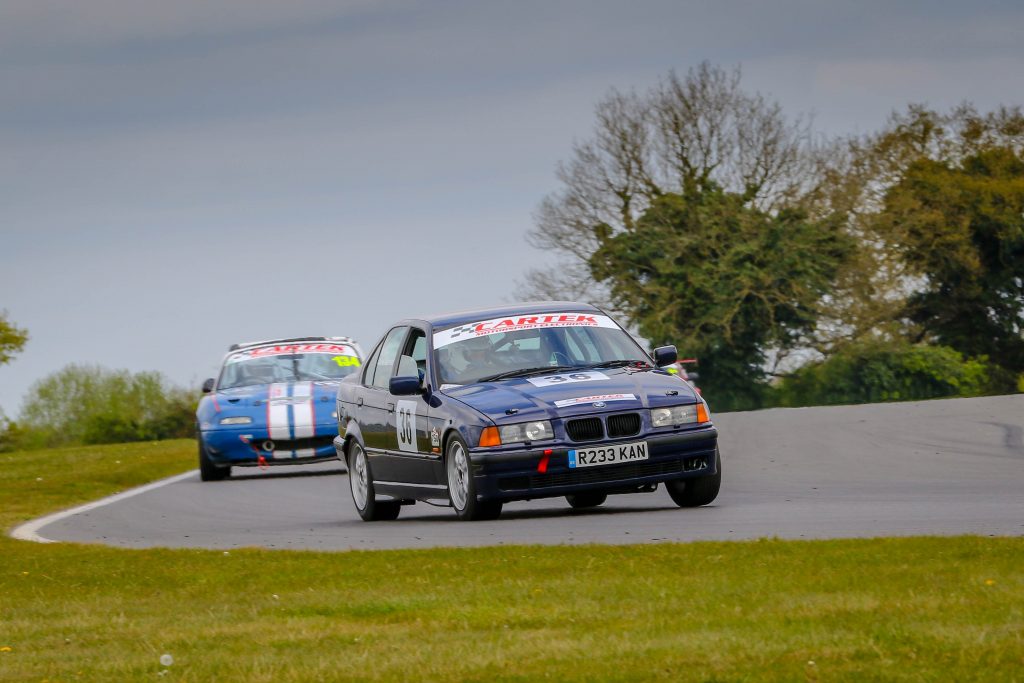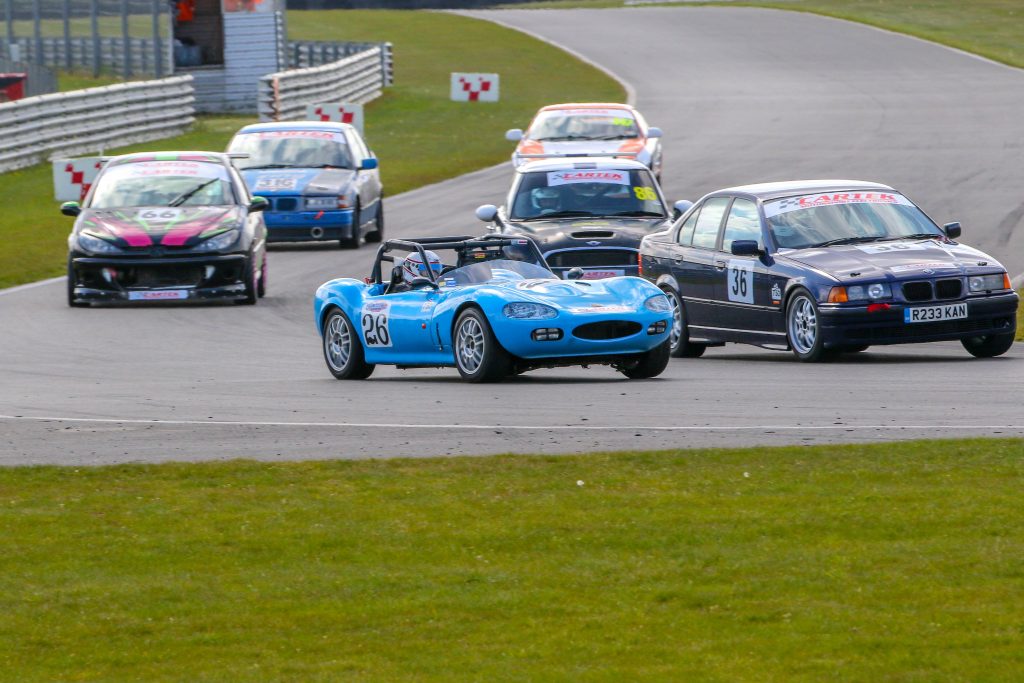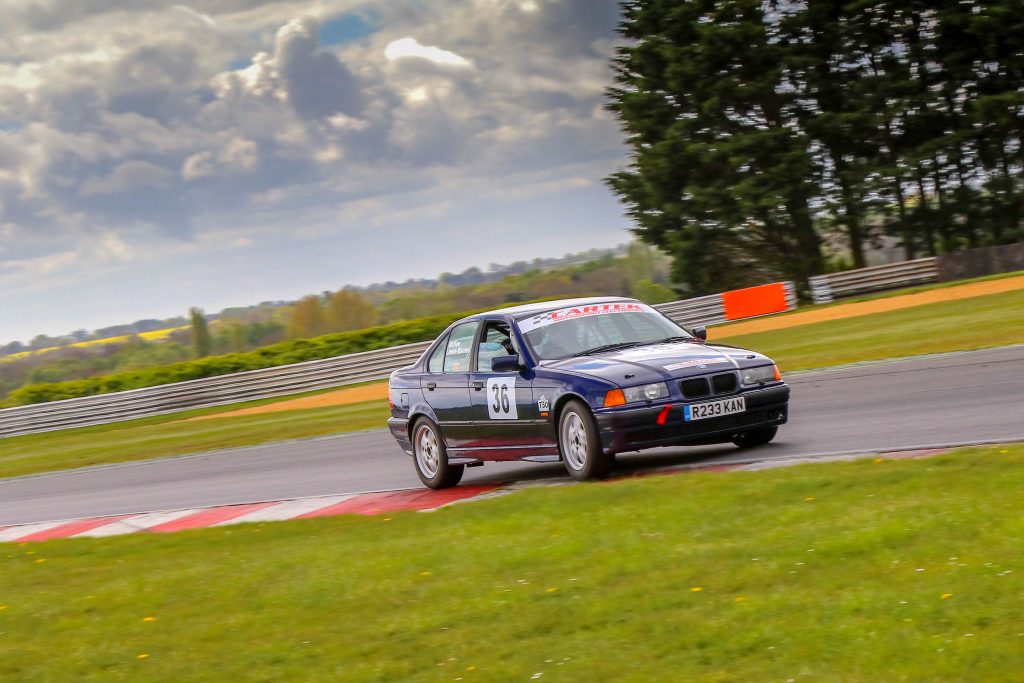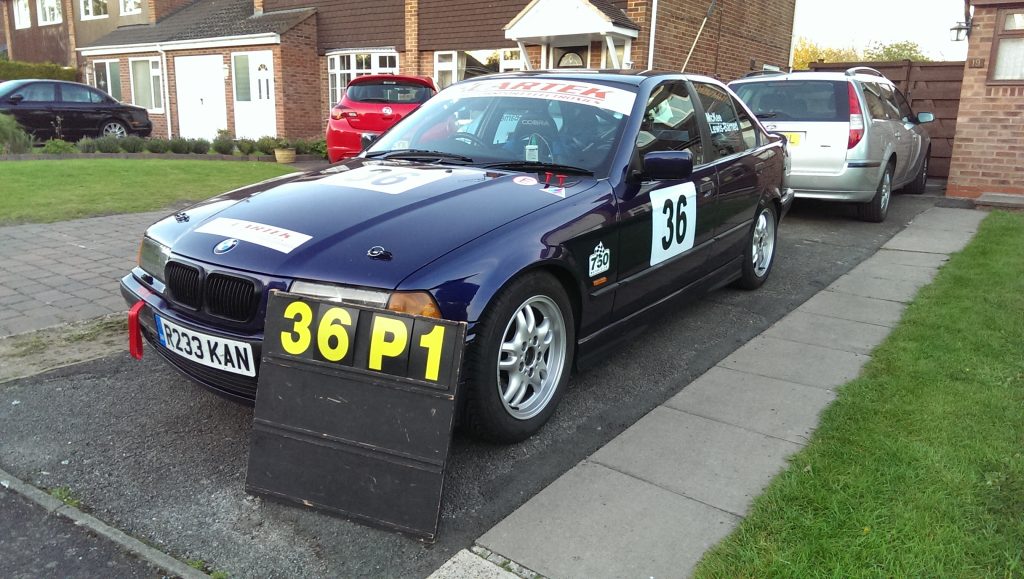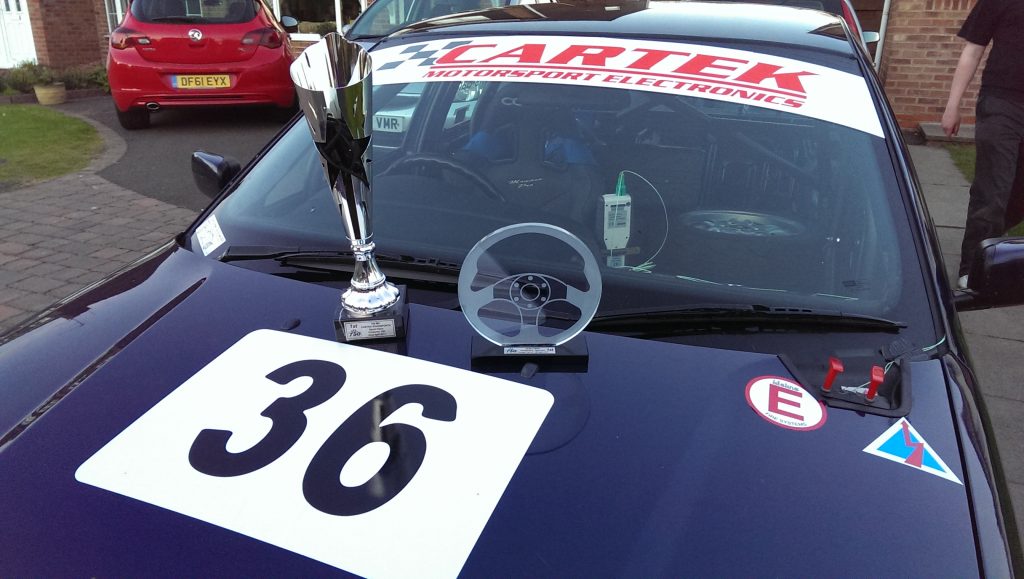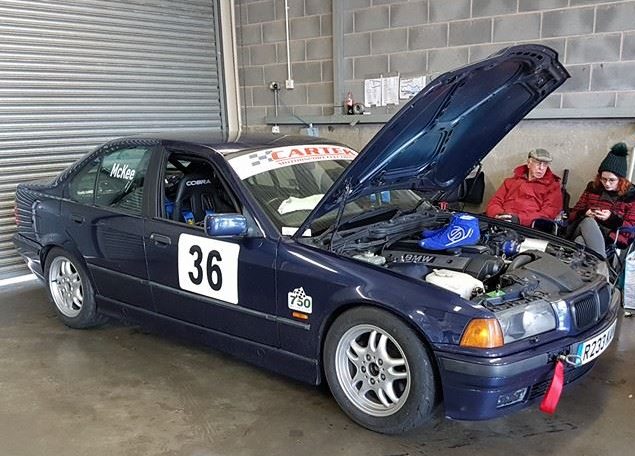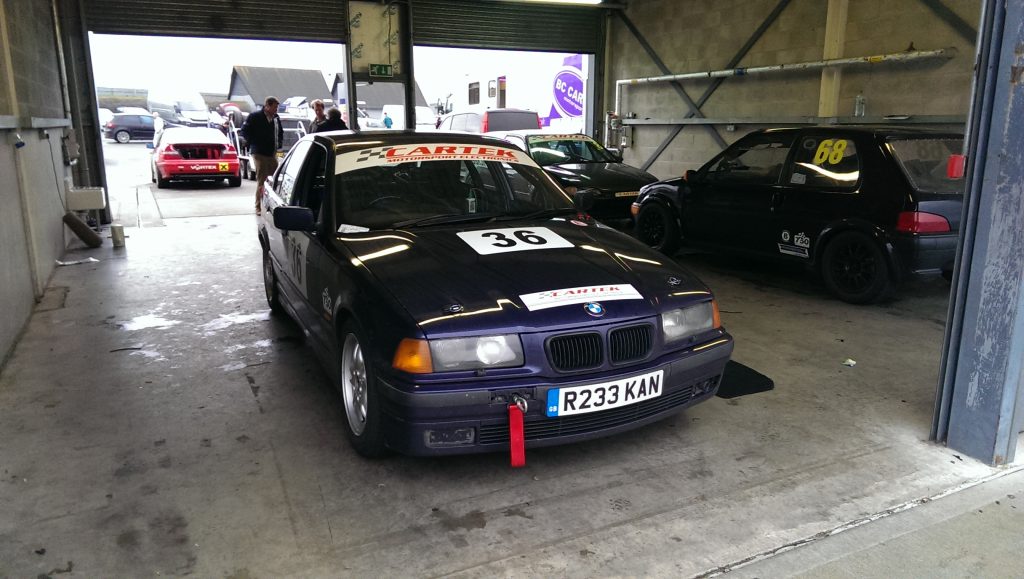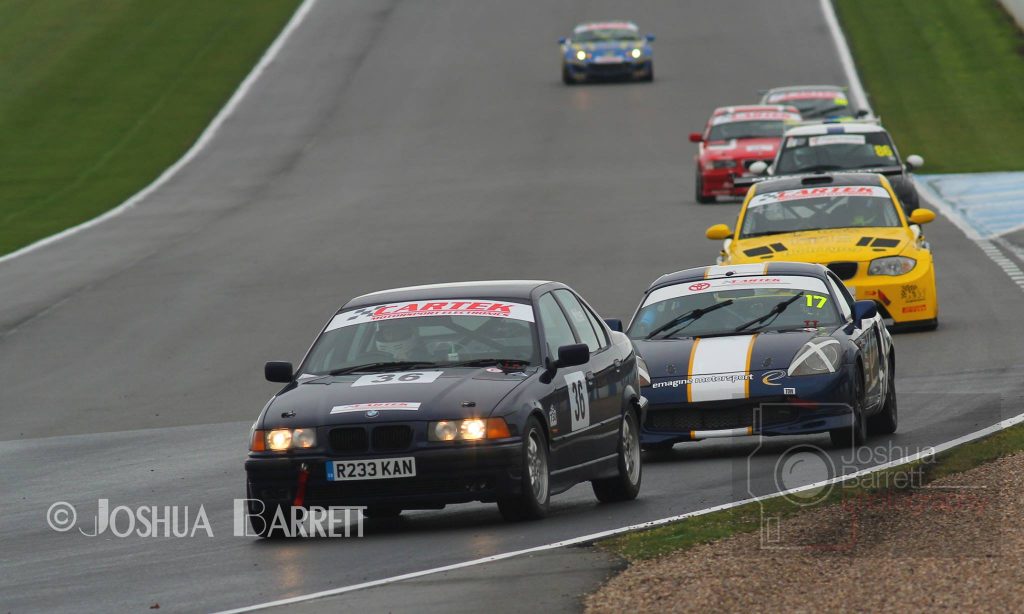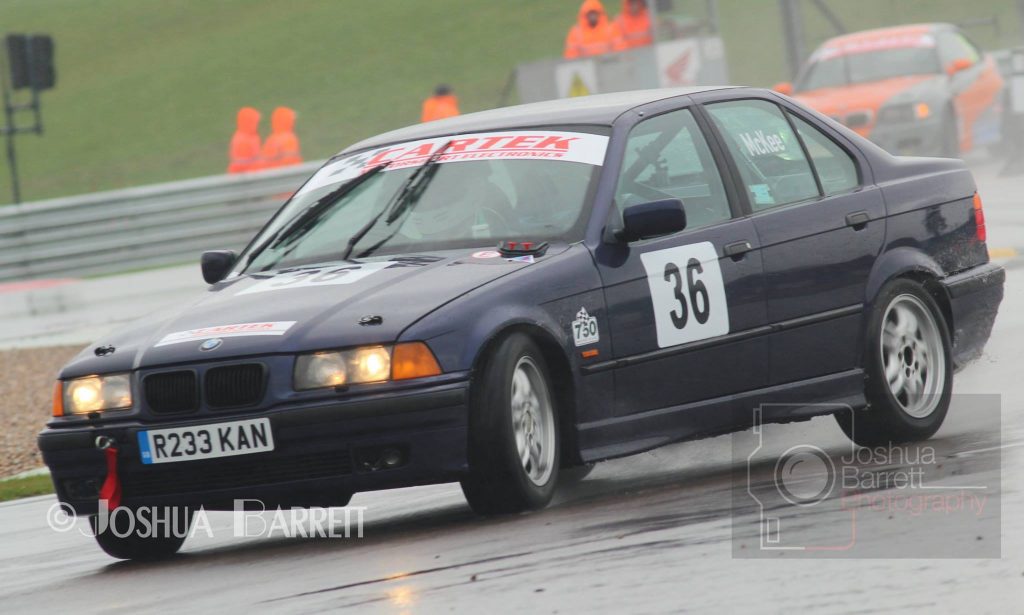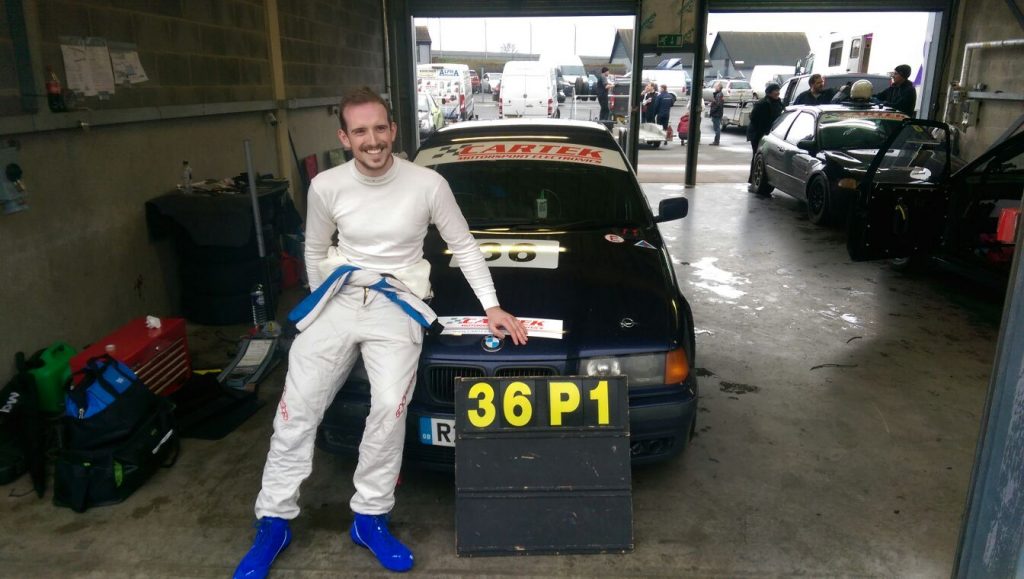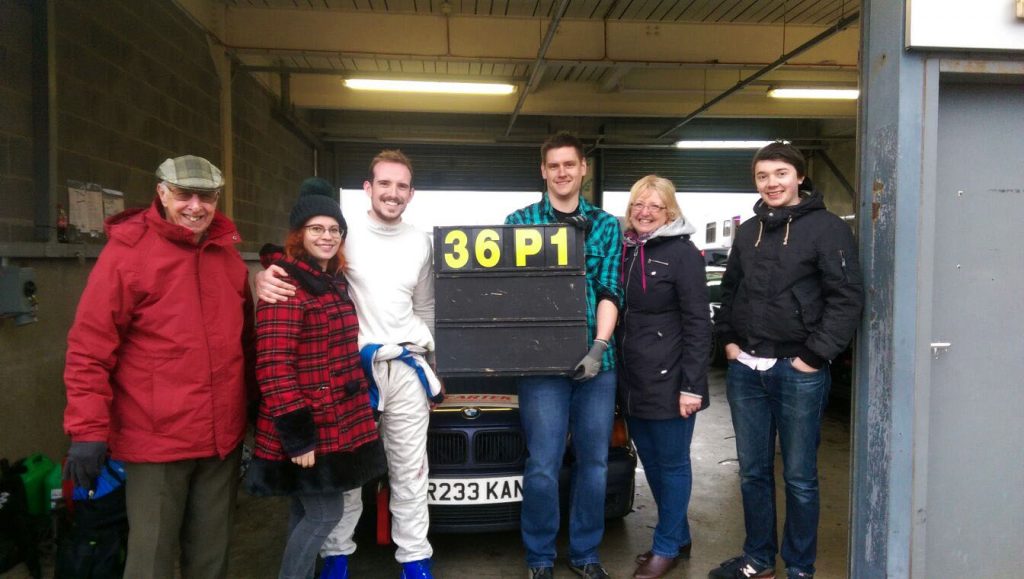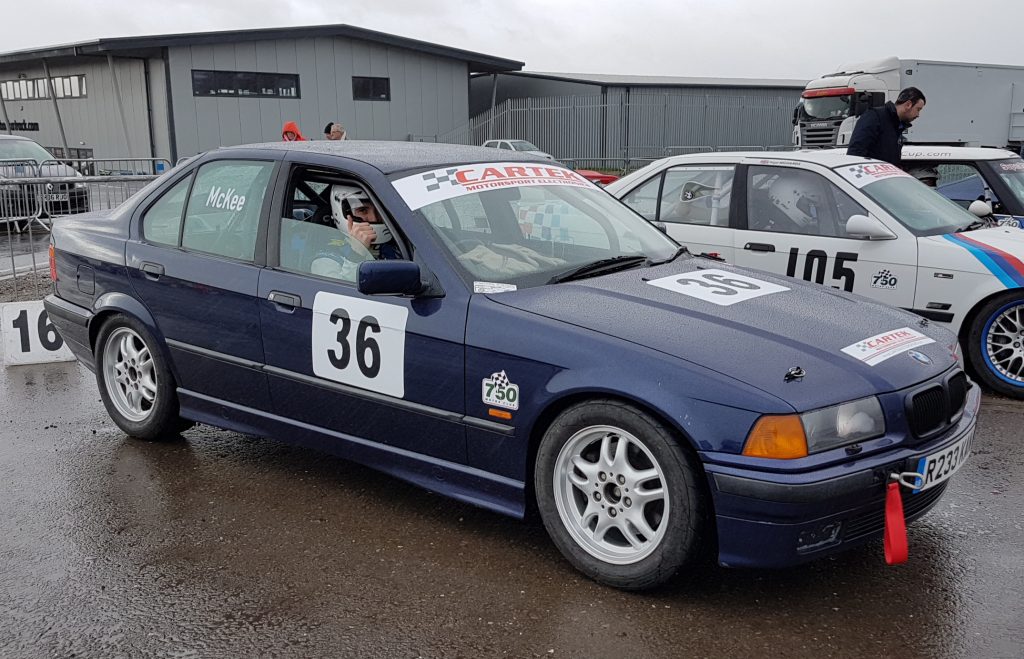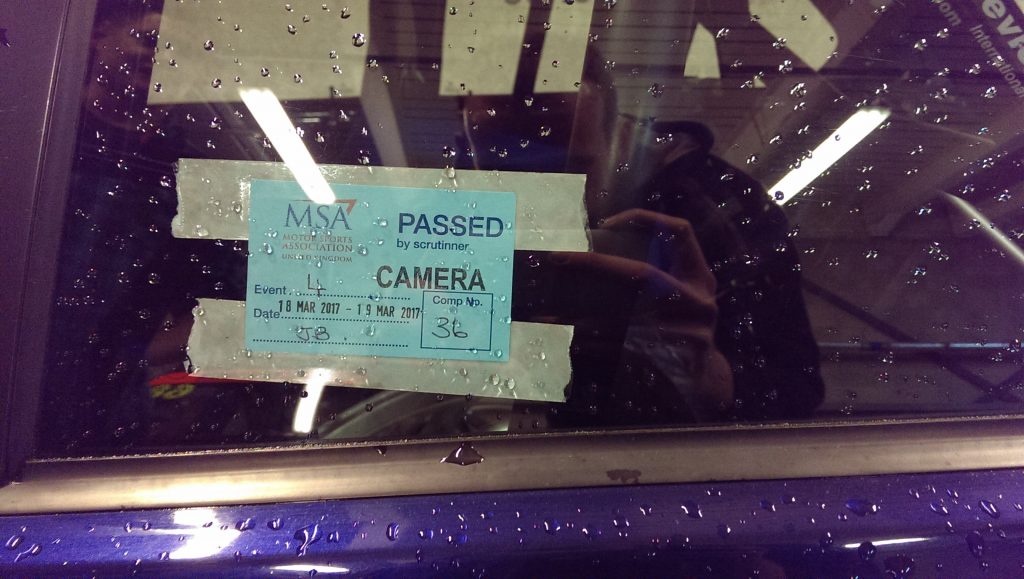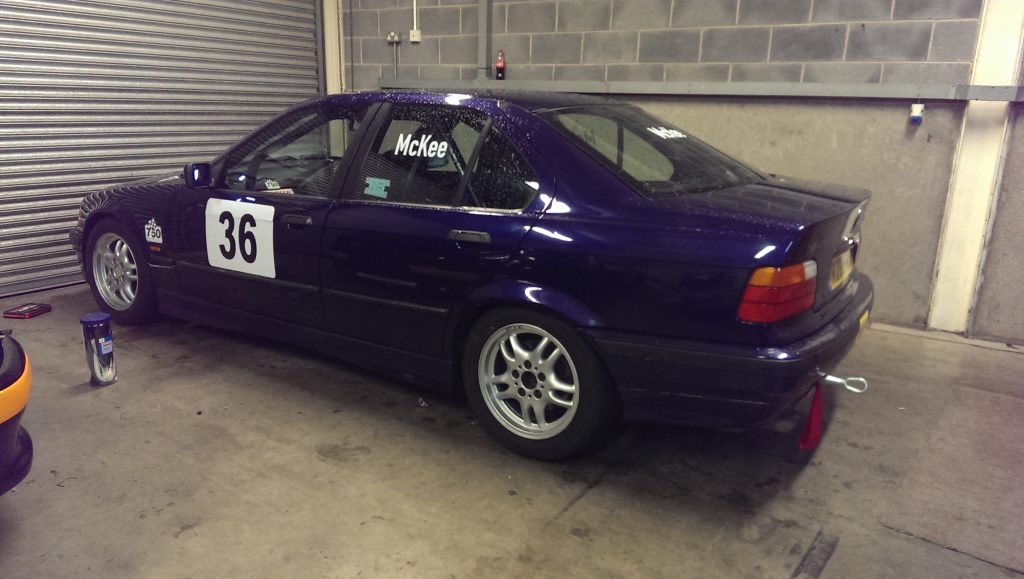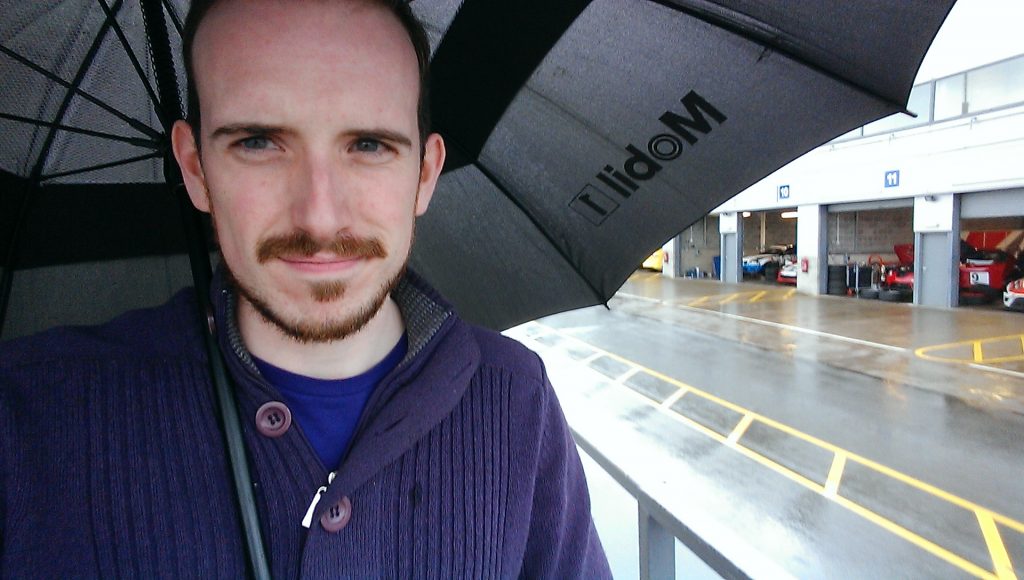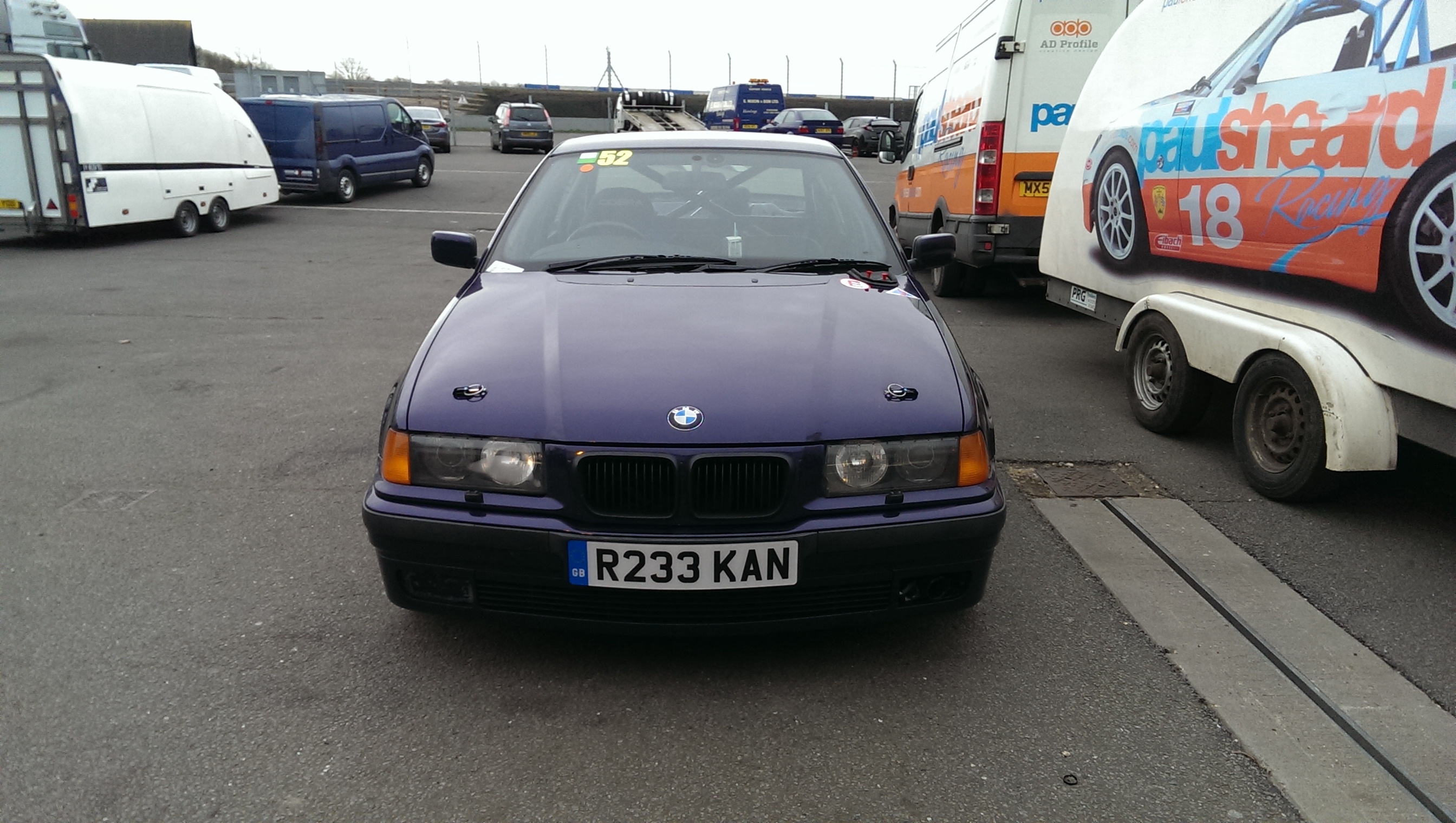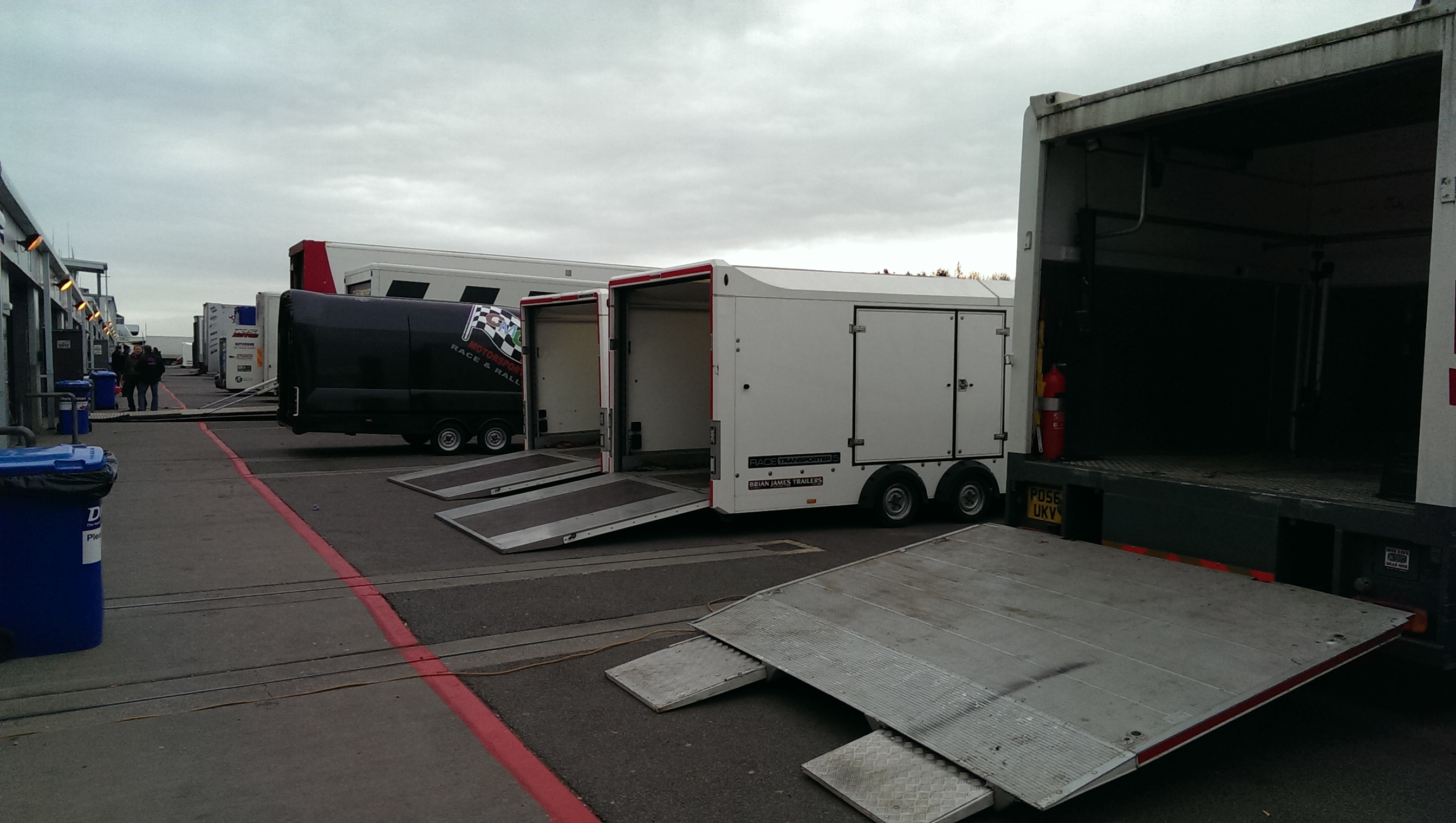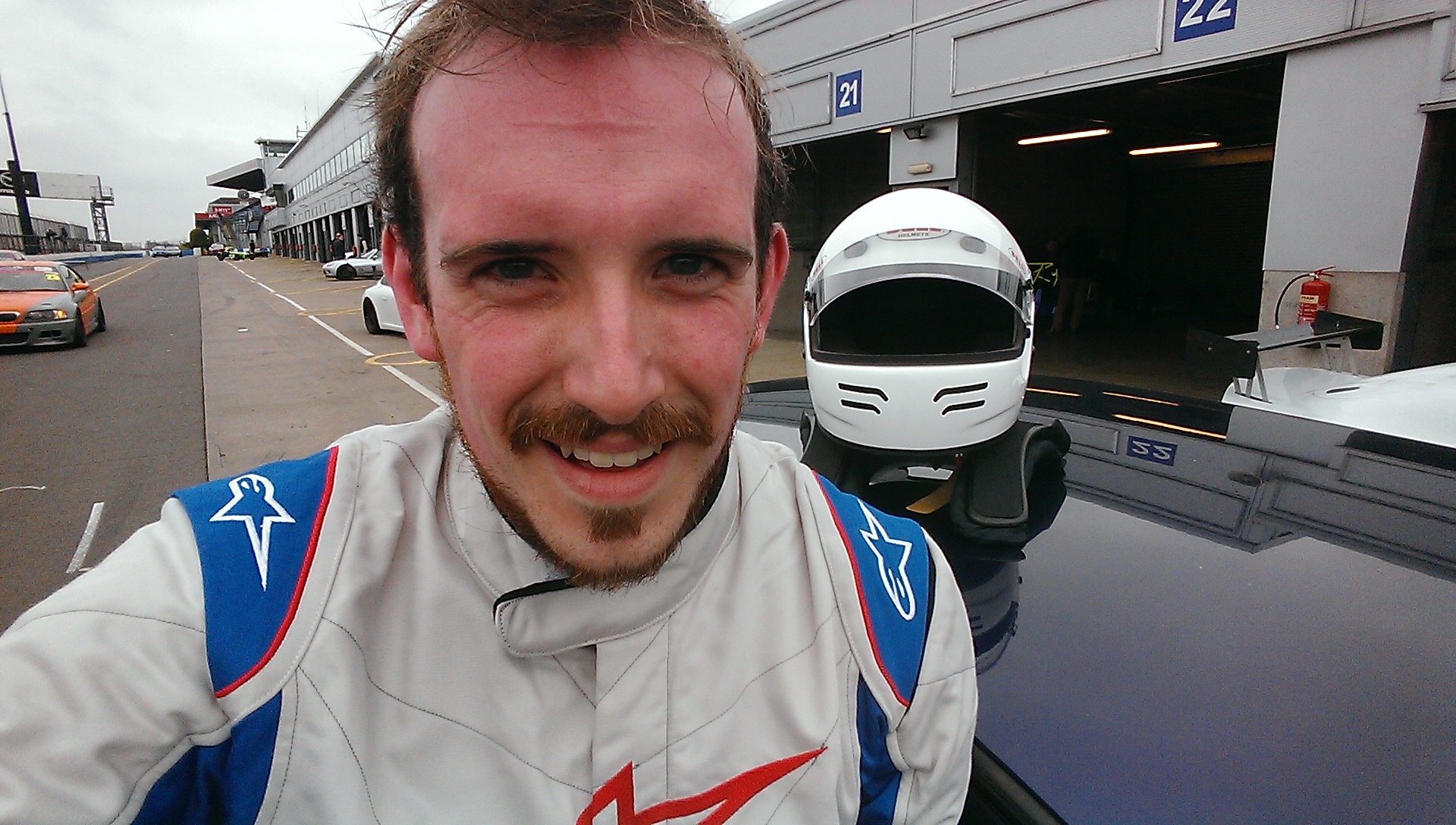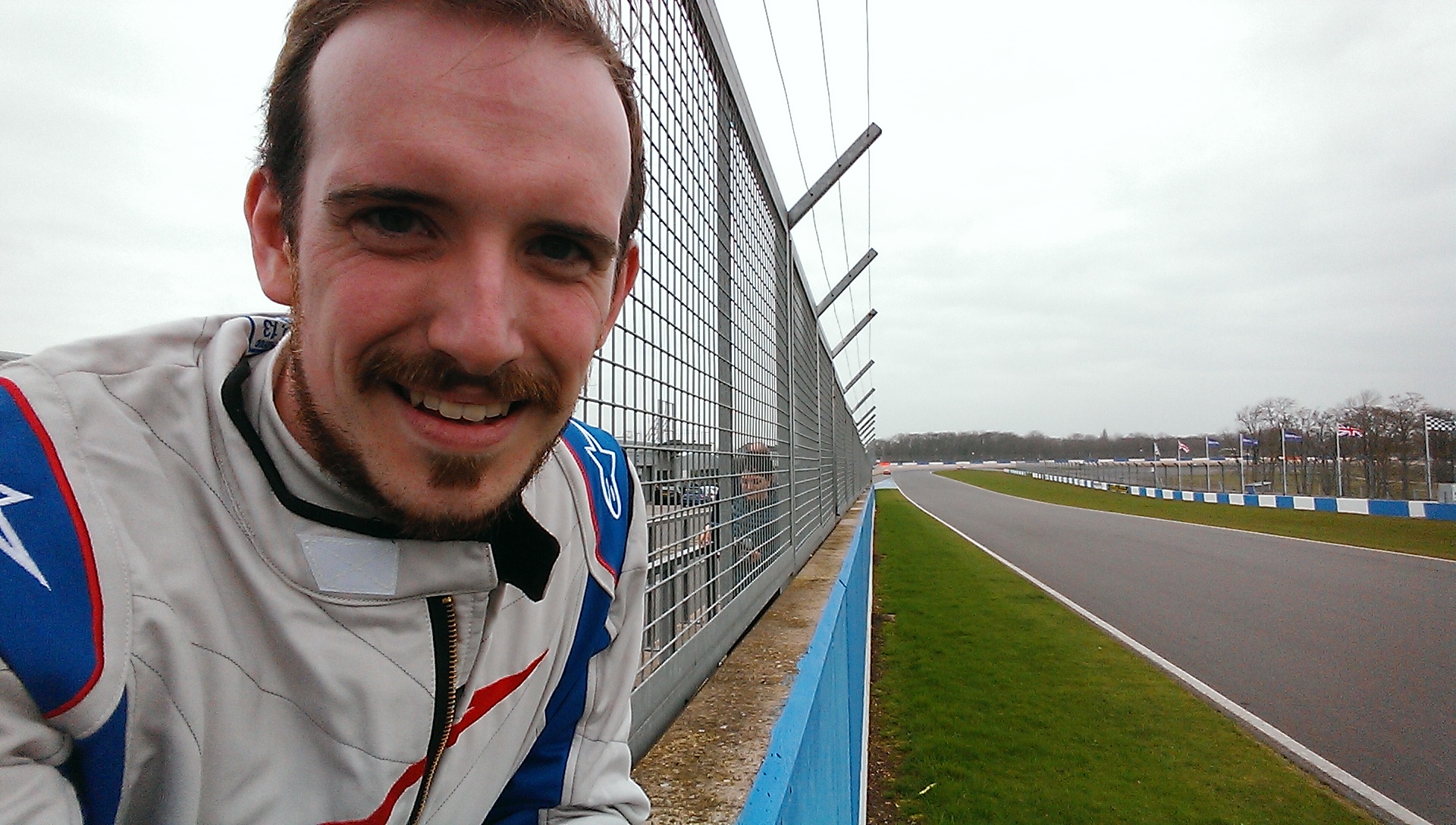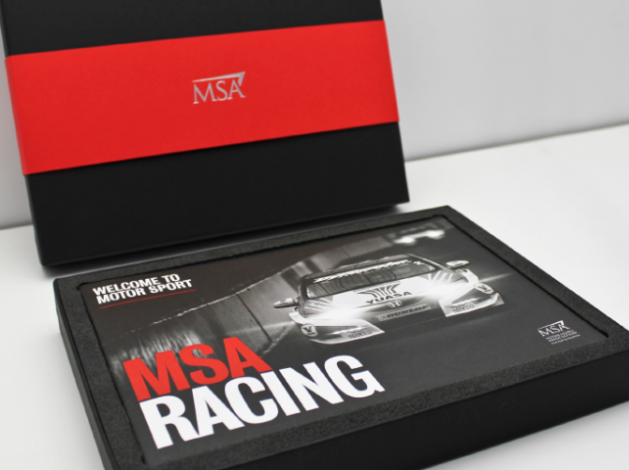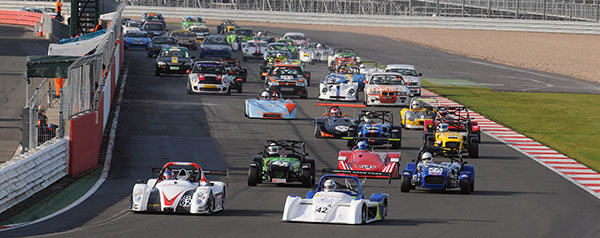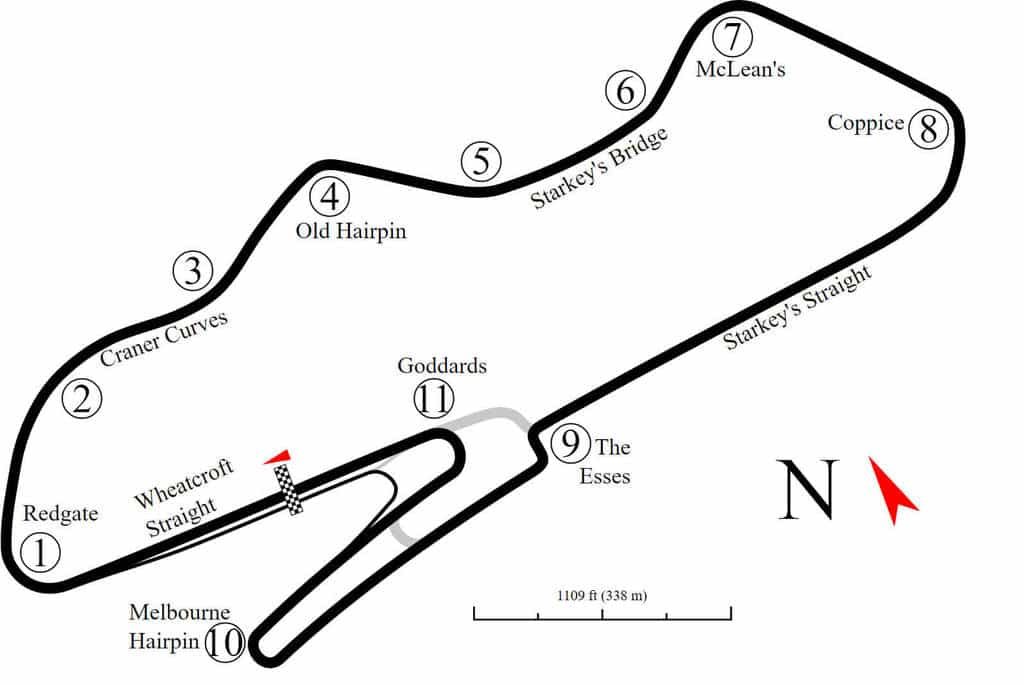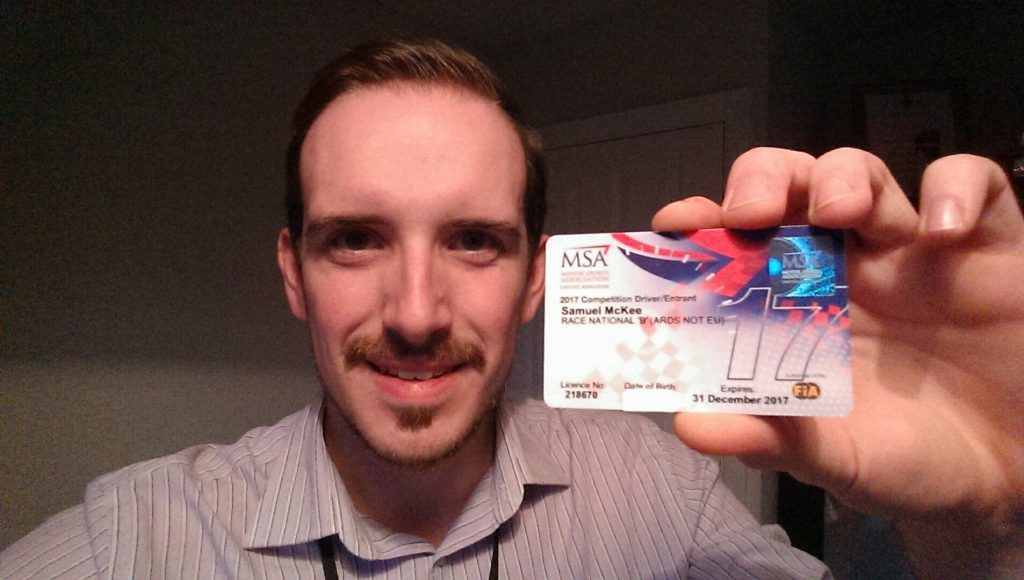A review of the 2017 season could never be complete without acknowledging the wonderful people who help me get out on the circuit and play at being a racing driver. Sometimes people ask “have you done all this yourself?”, and the answer’s not simple. Yes, it’s my own car and I’ve decided and driven everything that’s gone into it, and done a lot of the work myself. I do lead the events and planning, from race entries and kit lists to what time the car needs to be ready for each session. There’s no team principal, no payroll of mechanics or race engineers, and nobody else calling the shots. But the reality is that I could never have achieved any of this without my stunning support cast. So the McKee Motorsport team:
It’s fair to say that my mum Joy is responsible for, well, pretty much everything you see here. She’s indulged my passion for cars and driving for as long as I can remember, from teaching me to drive her Audi A6 when I was 14, through putting me through my first ARDS course to get my race licence at Silverstone aged just 16. She’s always been there, at every event, always fussing and making sure everyone has everything they need – and always putting up with mass BBQs back at her house after a nearby race! She’s certainly handy in the pit lane, having been watching and attending motorsport events for longer than I’ve been alive. But it goes deeper than that, and her unwavering faith in my ability to really get out there and do this is largely to thank for me ever being brave enough to take the plunge. Thank you, always.
Never far behind my mum in always being there to support is my grandad David. At 85, it’s still no trouble to be out in the freezing cold and blowing gales attendant at every circuit, and seeing his smile when I bring the car back after a session or a race makes me feel like a superstar. An absolute icon, loved by all. Even when he’s stealing your chocolate bars.
And of course there’s my long-suffering partner Emily. Starting the season engaged, we married on 10th August 2017 in Scotland and honeymooned for a week in Barcelona. That’s why we missed the Silverstone round of Roadsports, it took place the day after we arrived back at Glasgow airport at 11:30pm. It says all you need to know about Em’s support of my passion (and early gambit for the “coolest wife of the year” award) that she was straight on Google Maps trying to work out whether we could get to the circuit in time to still race, because “it’d be awesome doing that straight after our honeymoon!”.
Another core part of the team, is Em – she can be found on the pit wall with the live timing screens open on her phone, frantically slotting data into the pit board as I lap the circuit!
There follows a small army of friends whose support has been absolutely invaluable. From things as simple as a message to say “this is awesome, so happy that you got to follow your dream”, to giving up days of their time to help me work on the car or support it at a race – there’s many a time I’d have been buggered without the help of a friend, and I’m so lucky to have it given so generously on so many occasions. Even when not actively helping out, just coming to races to support and be there is a fantastic boost. So, in no particular order:
Before even the first race, old friend (and best man) Adam had called to volunteer his services as a race mechanic for the season. He cheerfully drove himself across the country at his own expense to come and support me and help me run the car, a generosity I’m now only starting to be able to repay by putting him in the car himself for his racing debut in 2018! Having someone I know and trust to work on the car as if it were his own gives a peace of mind that’s hard to convey, especially when I’m so used to doing everything myself. Half the reason I got into motorsport at all was to share experiences with my friends, and this has been top notch for it.
Ever self-deprecating but vastly more useful than he thinks he is – my friend and housemate Kevin, who selflessly gave a weekend to supporting us at Donington for that first race, covering everything from chauffeur to pit boss to mechanic. That’s not to mention the countless times he’s lent an extra pair of hands in spannering, or served as a sounding board for some of my more outlandish engineering ideas. It was the least I could do to have Kevin try the car for himself on a track day after the end of the season – and pretty handy he was too, so maybe there’s a future prospect there!
The car might get out and race without friend, colleague and fellow E36 addict James Butt, but it certainly wouldn’t be anywhere near as fast. He’s been fettling these cars for years longer than I, and his expertise has been invaluable when tackling the bigger jobs. Never afraid to give up an evening by coming straight over from work to get on the tools, his eternal optimism overcomes my fear of potentially knackering perfectly serviceable parts in seeking performance! Special mention also needs to go to our expert phone-a-friend Sam Carpenter of JustDeutsch – what he doesn’t know about an E36 is barely worth knowing.
The list could go on and on, from the brilliantly personable Chris Stevens of Autosport to those who’ve come along to watch and support. Andy, Emma, Shiv, Nicol – thank you.
Oh, and James – I reckon we did OK in the end, didn’t we? There’s plenty more where that came from!
Sam
